NAGASAKI - Japan
Nagasaki is defined by it’s tragic history in WW2 when it became the second city to be destroyed by an atomic bomb (Fat Man) dropped from a US Air Force B-29 bomber. At the time the city had an approximate population of 263,000 people, and some major military facilities, including two Mitsubishi military factories. Nagasaki also was an important port city. Like Hiroshima, it had not suffered much thus far from American conventional bombing. The Americans had originally identified Kokura as the second target after Hiroshima. In Kokura, a city of 130,000 people on the island of Kyushu, the Japanese operated one of their biggest ordnance factories, manufacturing among other things chemical weapons. However, poor weather and stiff anti-aircraft fire made them abandon Kokura and head for their second choice - Nagasaki. Fat Man was dropped through a break in the cloud cover and detonated over Nagasaki at 11:02 a.m. local time with a yield of 21 kilotons (TNT equivalent).
The impact was devastating, particularly because people had heard the all-clear after an earlier aircraft raid warning, and had left their shelters. Everything within a mile of ground zero was annihilated. Fourteen thousand homes burst into flames. People close to the blast were vaporized; those unlucky enough to be just outside that radius received horrific burns and, there and further out, radiation poisoning that would eventually kill them. Although estimates vary, perhaps 40,000 people were killed by the initial detonation. By the beginning of 1946, 30,000 more people were dead. And within the next five years, well over 100,000 deaths were directly attributable to the bombing of Nagasaki on August 9, 1945.
Our visit included the Atomic Bomb Museum and the Peace Park. The mood was sombre, not helped by the constant rain.
The Atomic Bomb Museum,
The purpose of the museum is to inform young people about the horror of war, the threat of nuclear weapons and the importance of the peace. However, when the museum initially opened in 1966 there was criticism of the re-interpretation of Japanese history. Furthermore, the museum was considered highly political, as it presented only one side of the story and did not promote the concept of peace

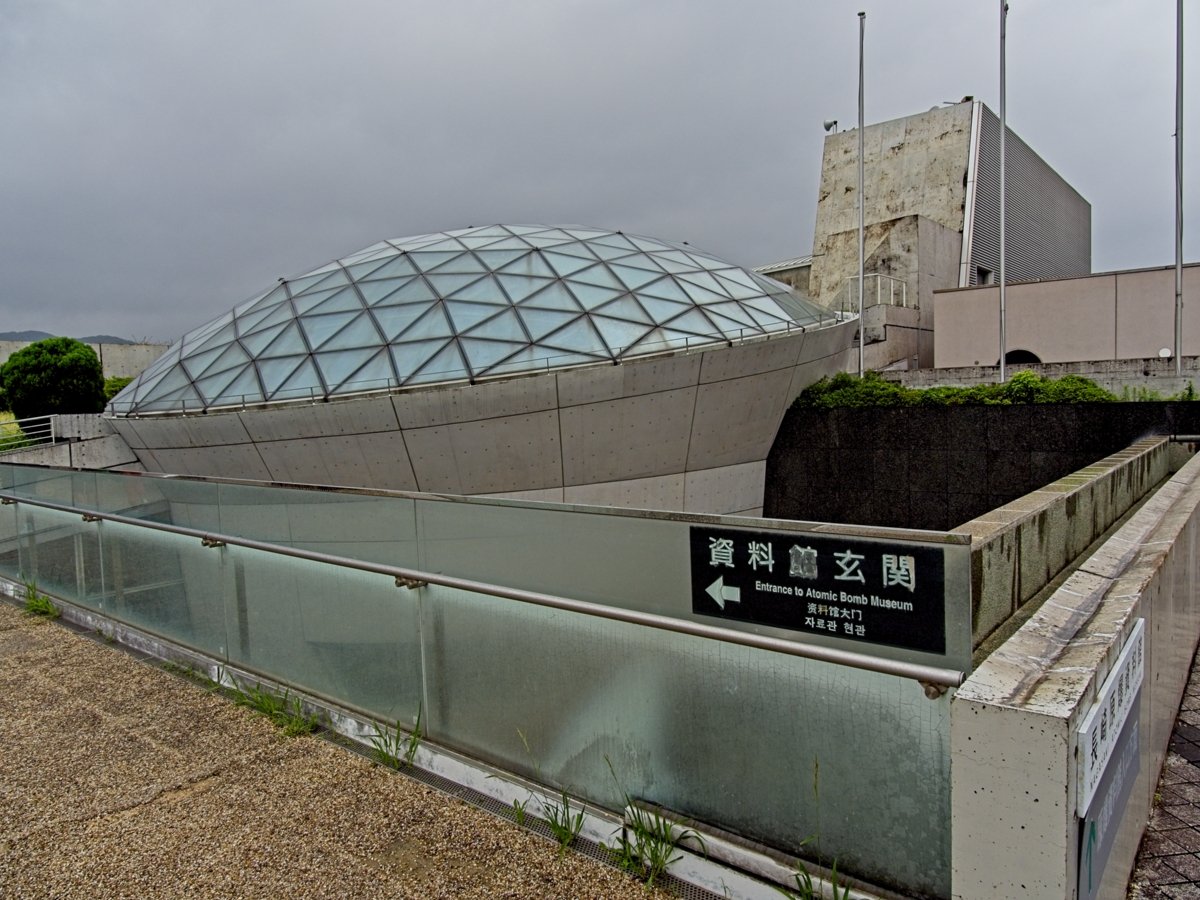
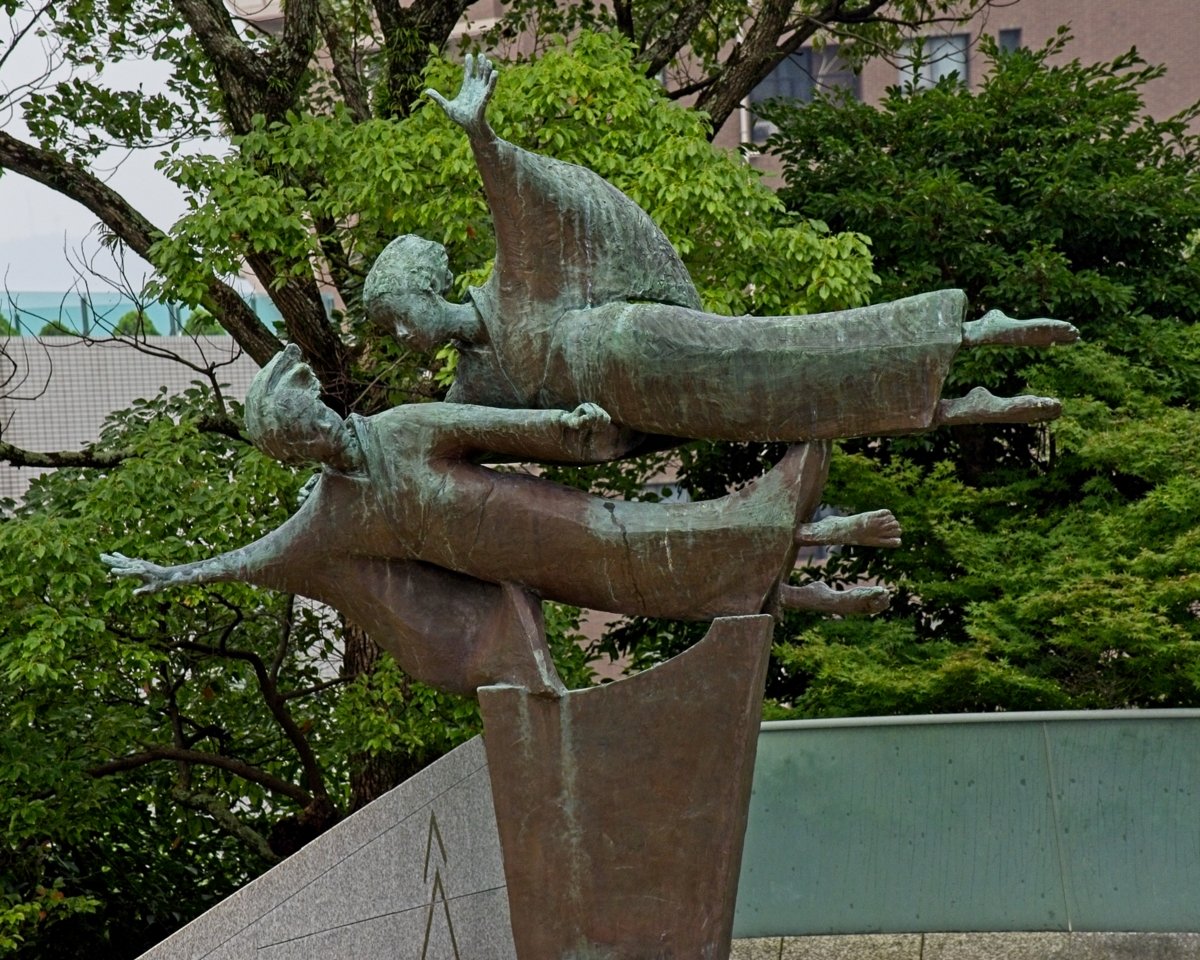
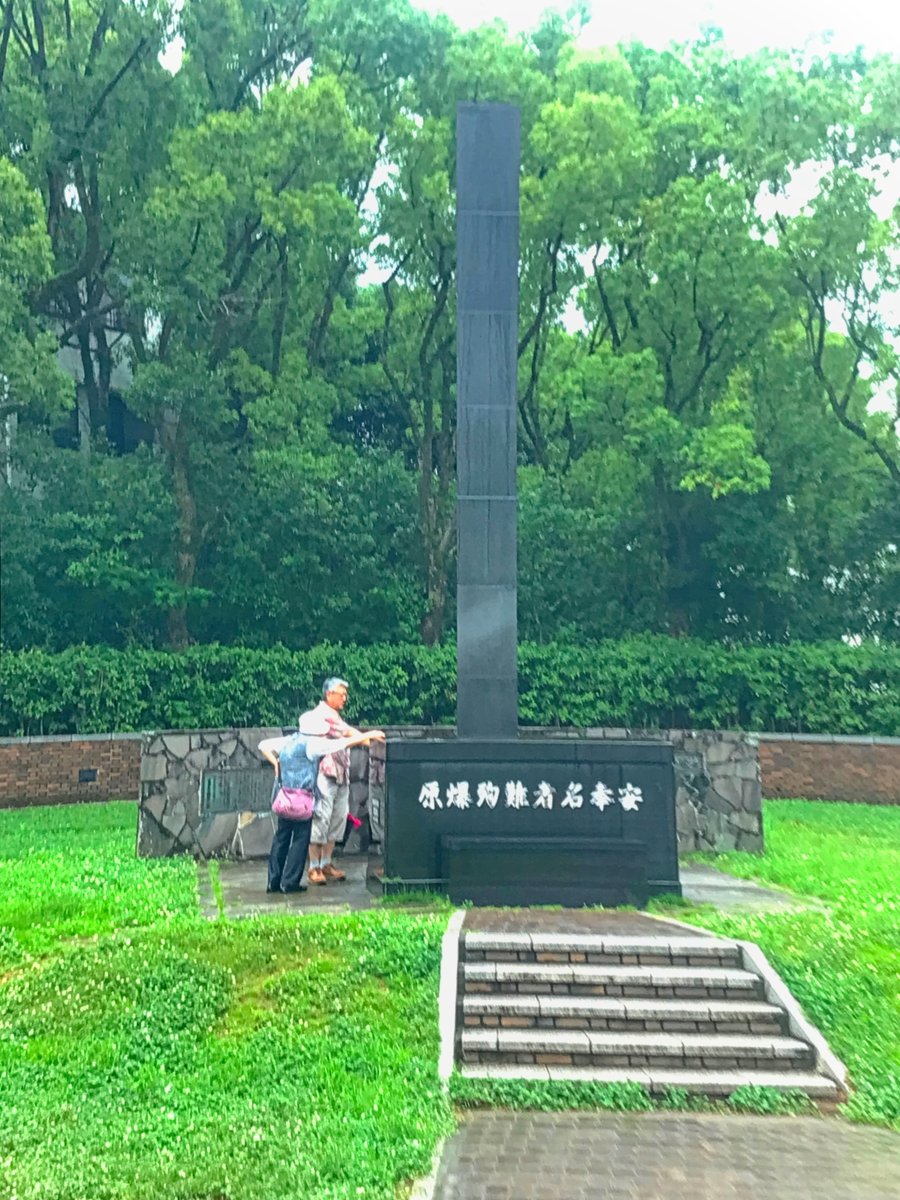
Memorial at the Hypocentre (the point on the earth's surface directly above or below an exploding nuclear bomb)
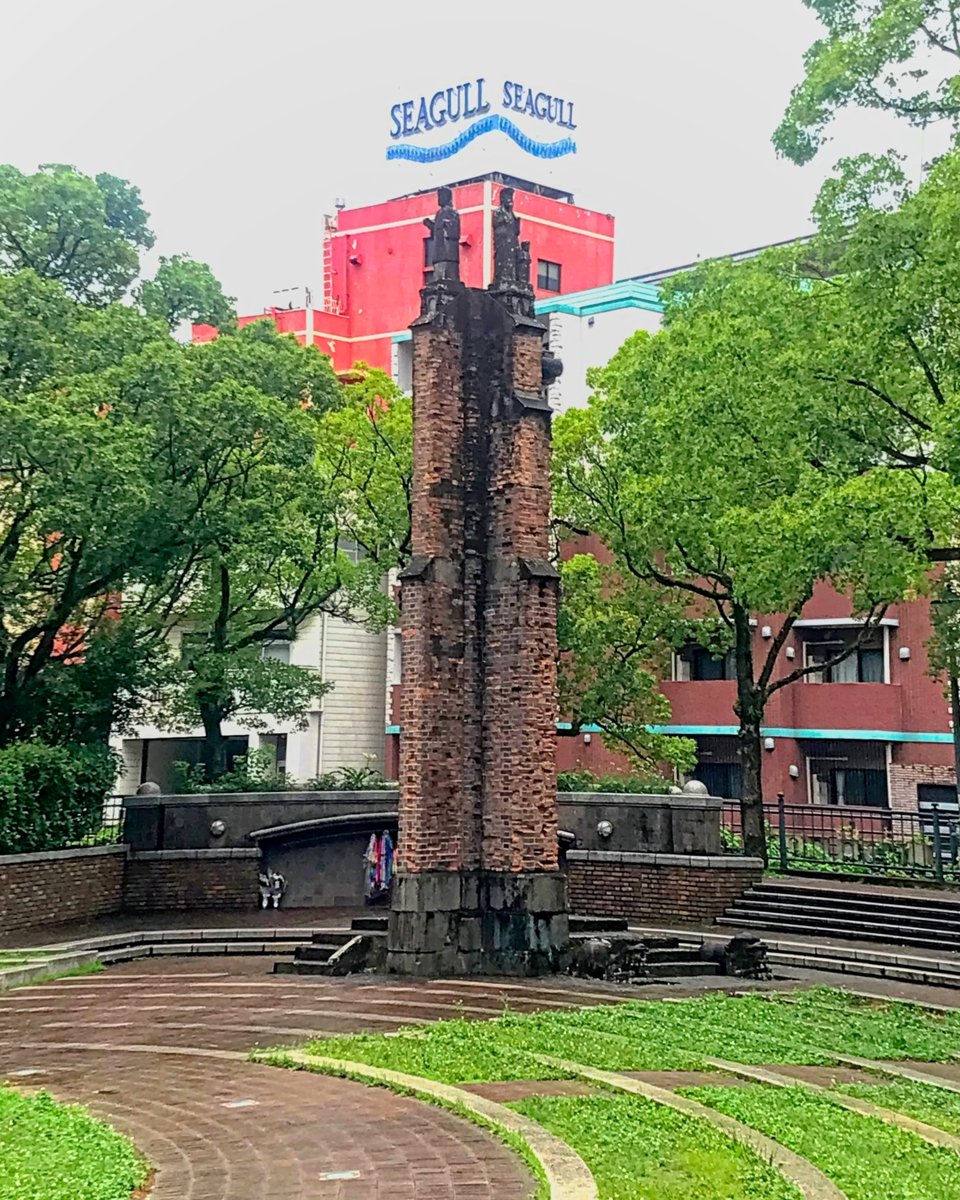
Remains of Urakami Cathedral wall
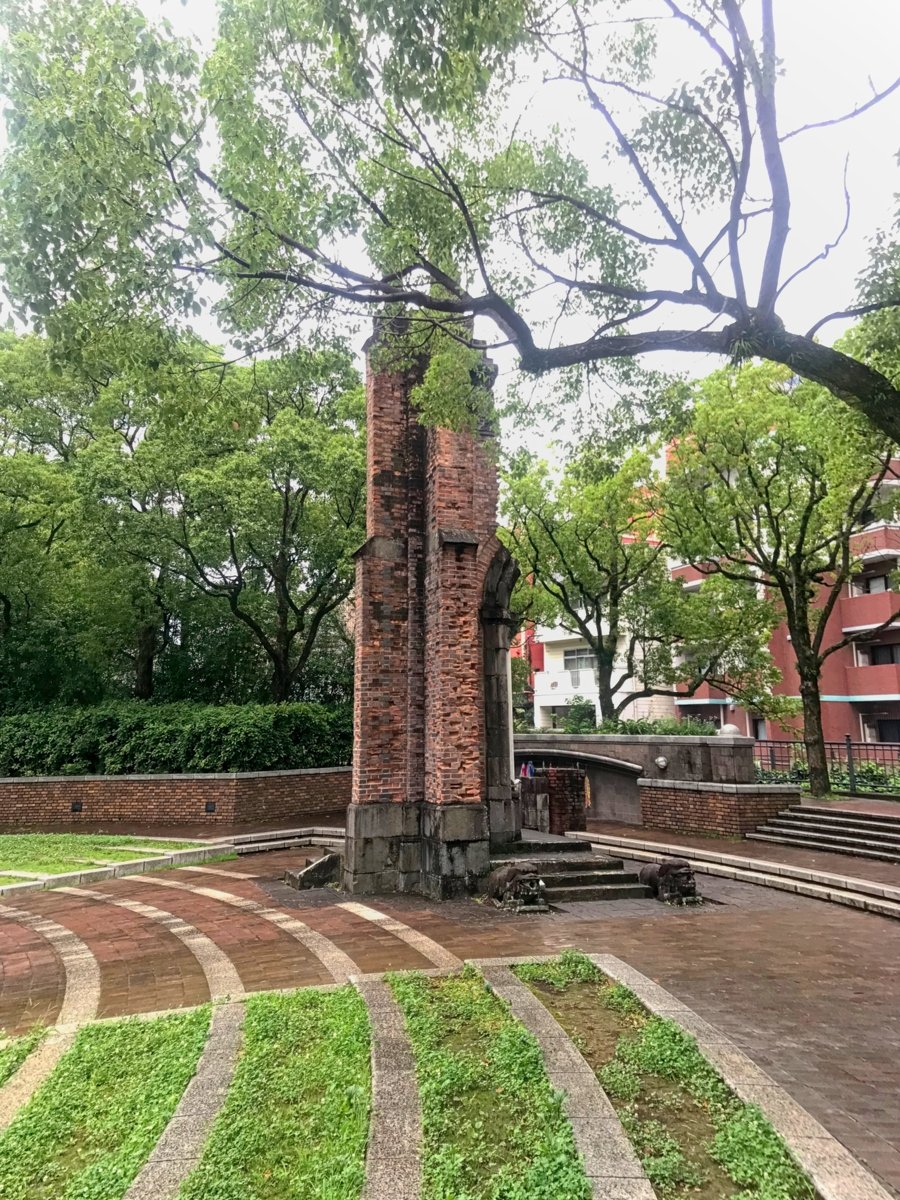

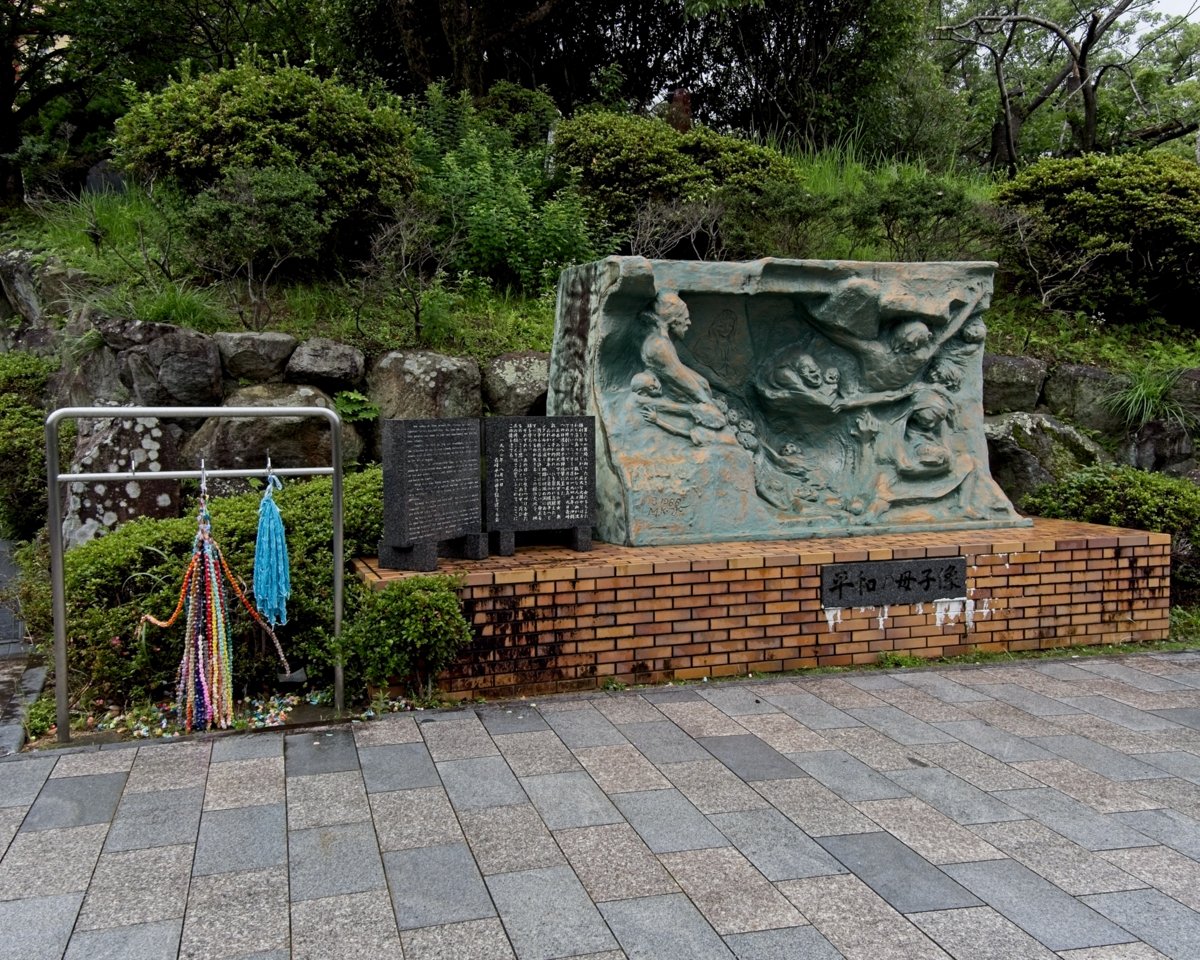




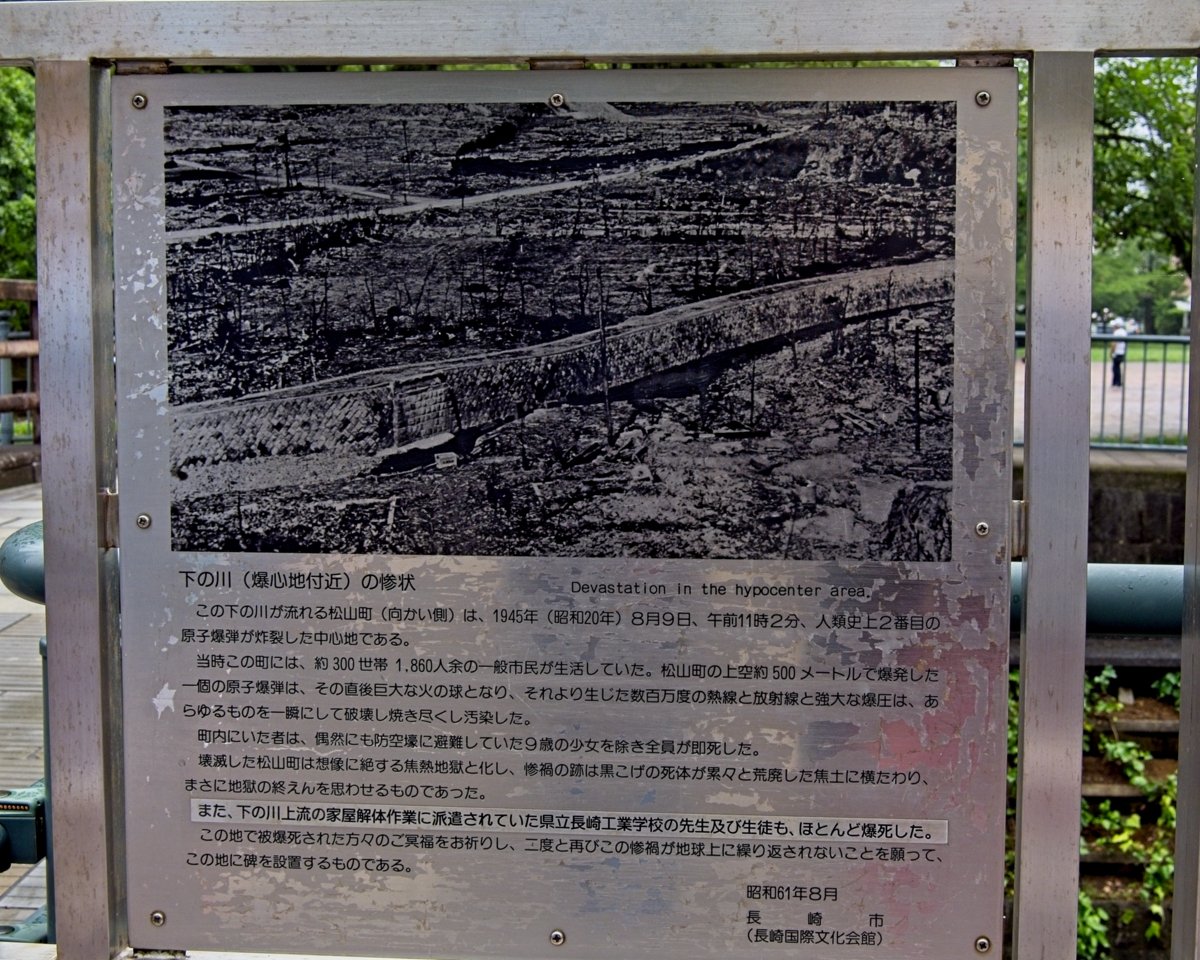

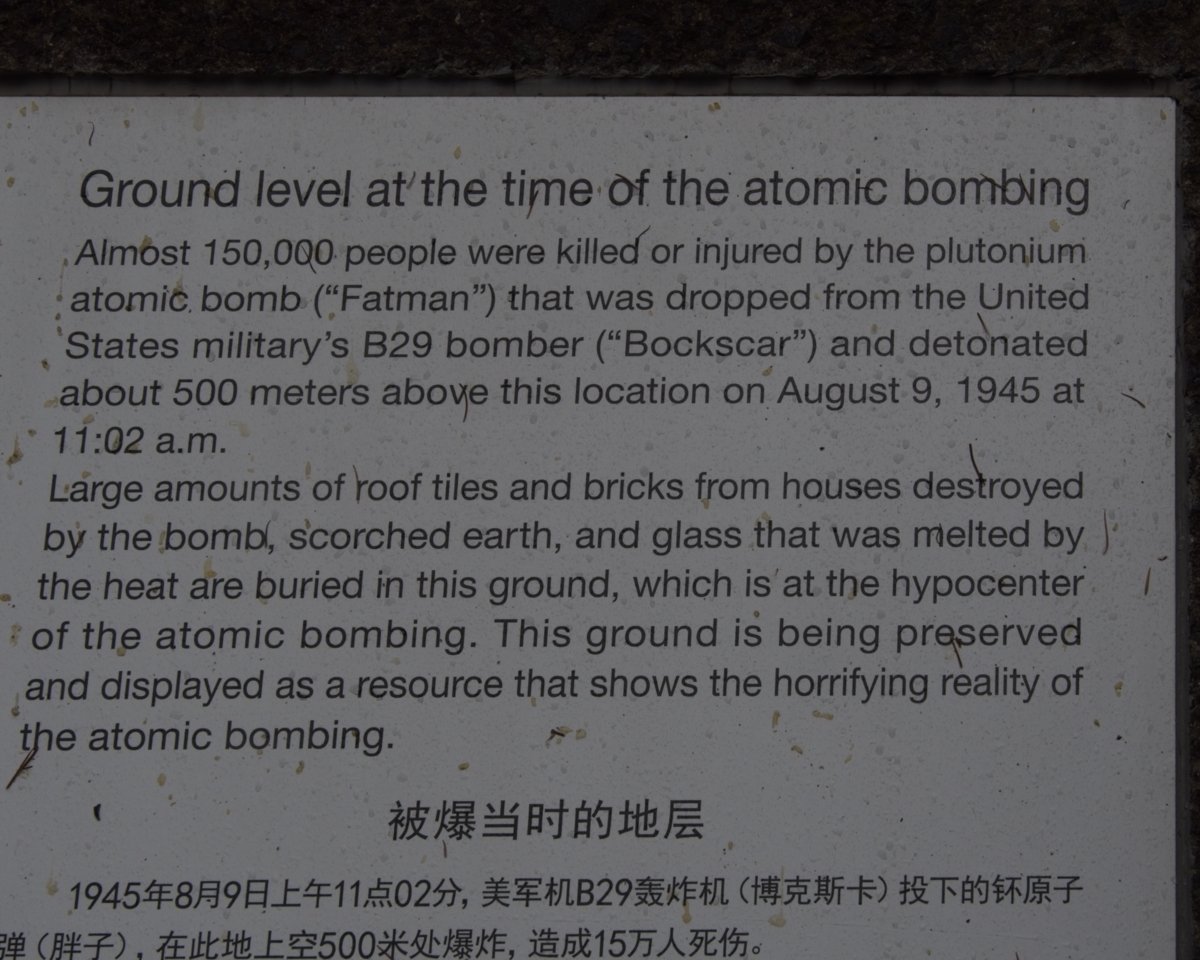
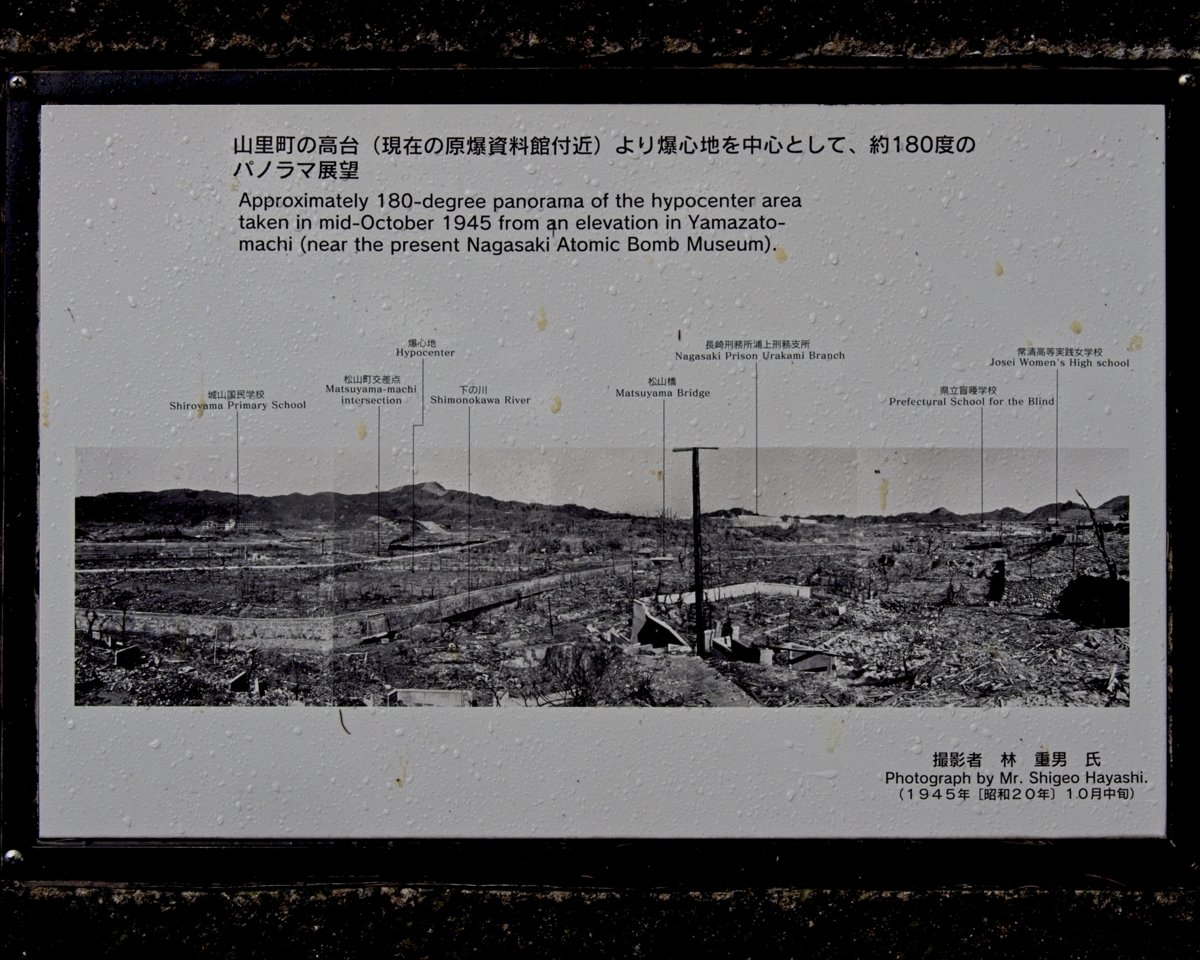
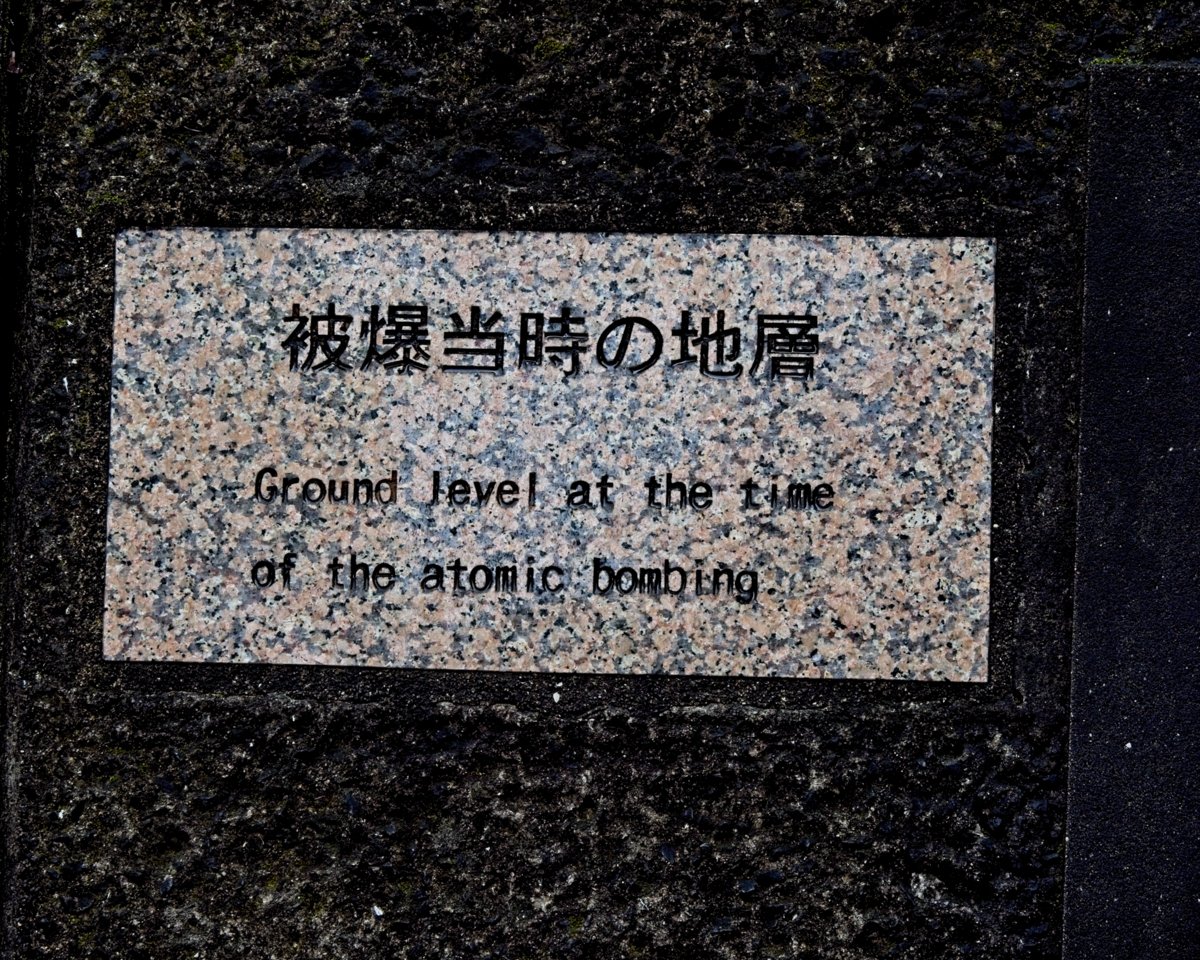

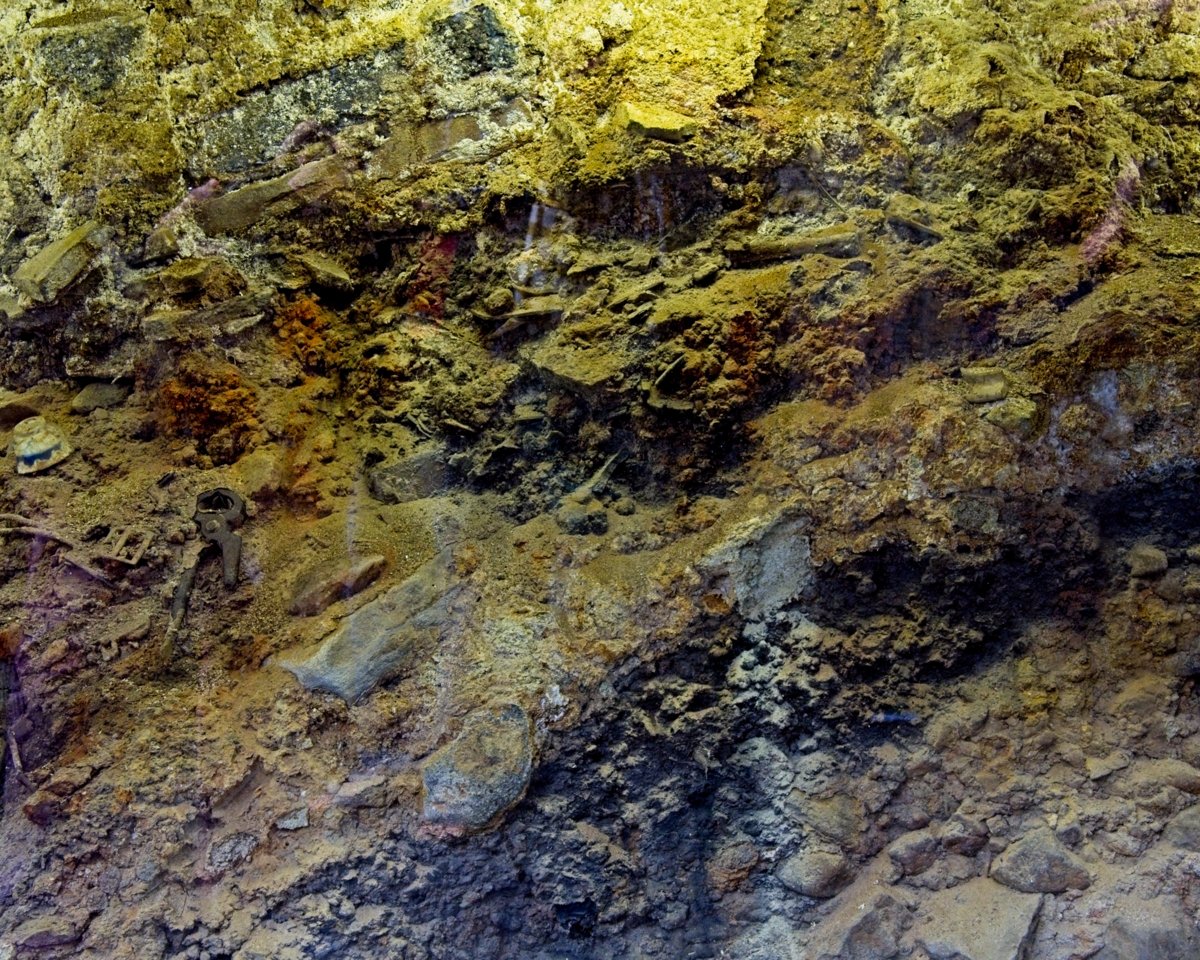

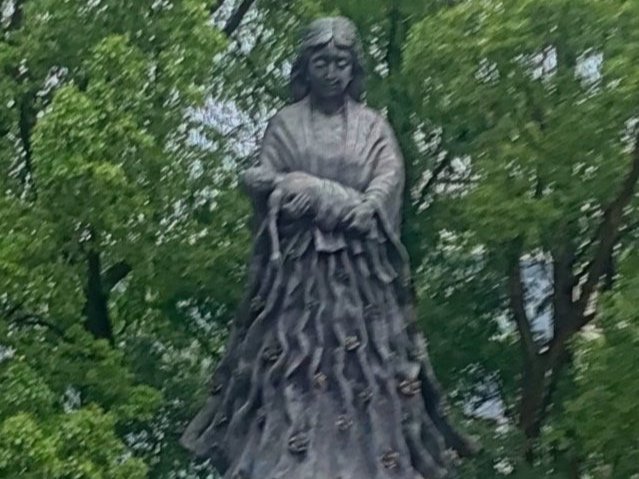
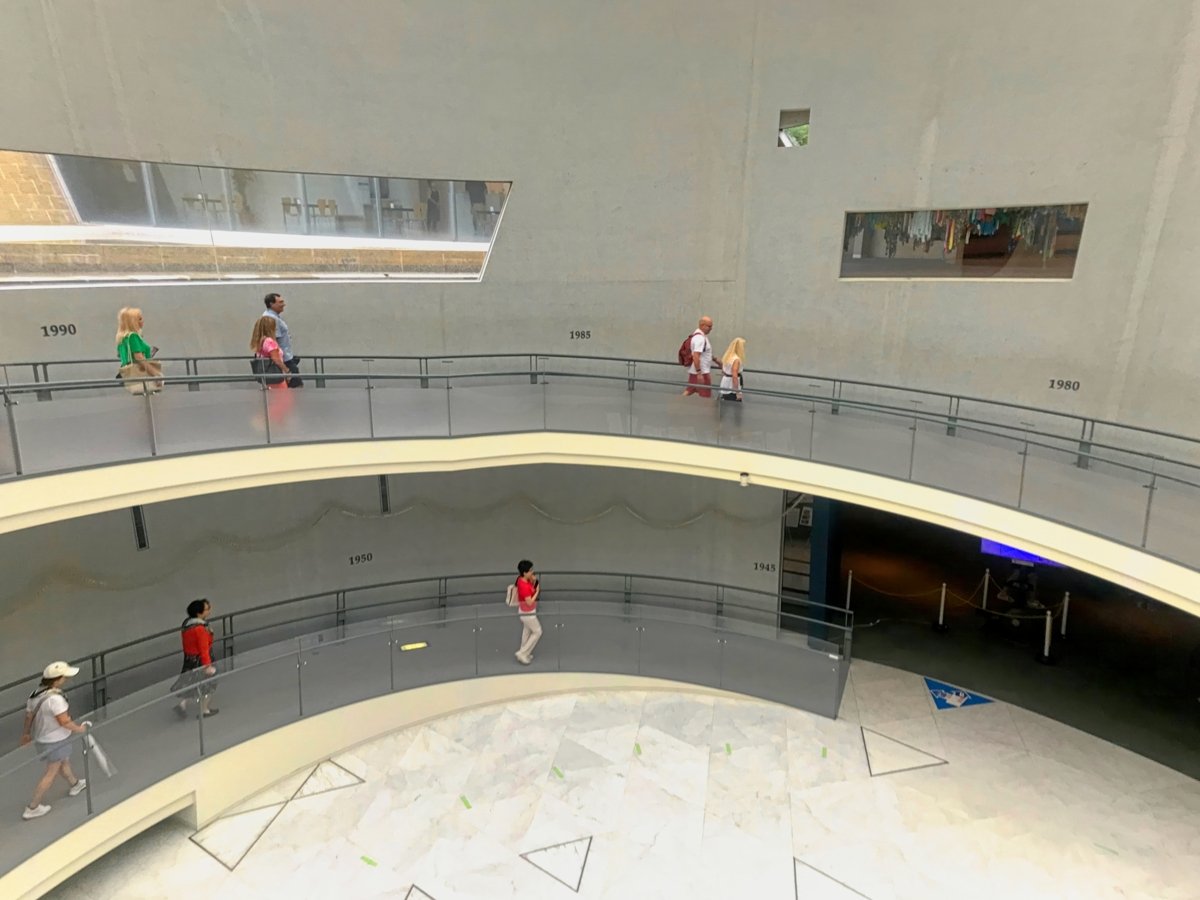
Interior of the Atomic Bomb Museum
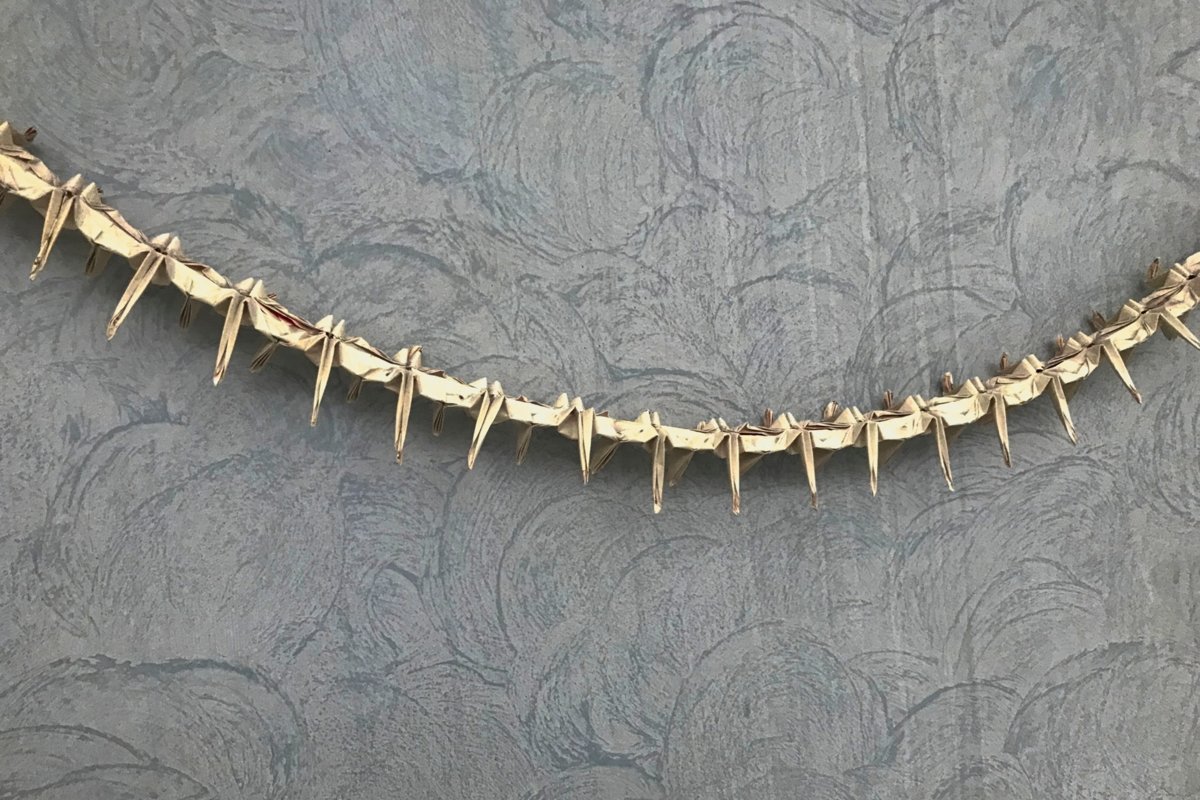
Sadako Sasaki was a Japanese girl who became a victim of Nagasaki. She was 2 and died age 12, remembered through the story of the more than one thousand origami cranes she folded before her death.
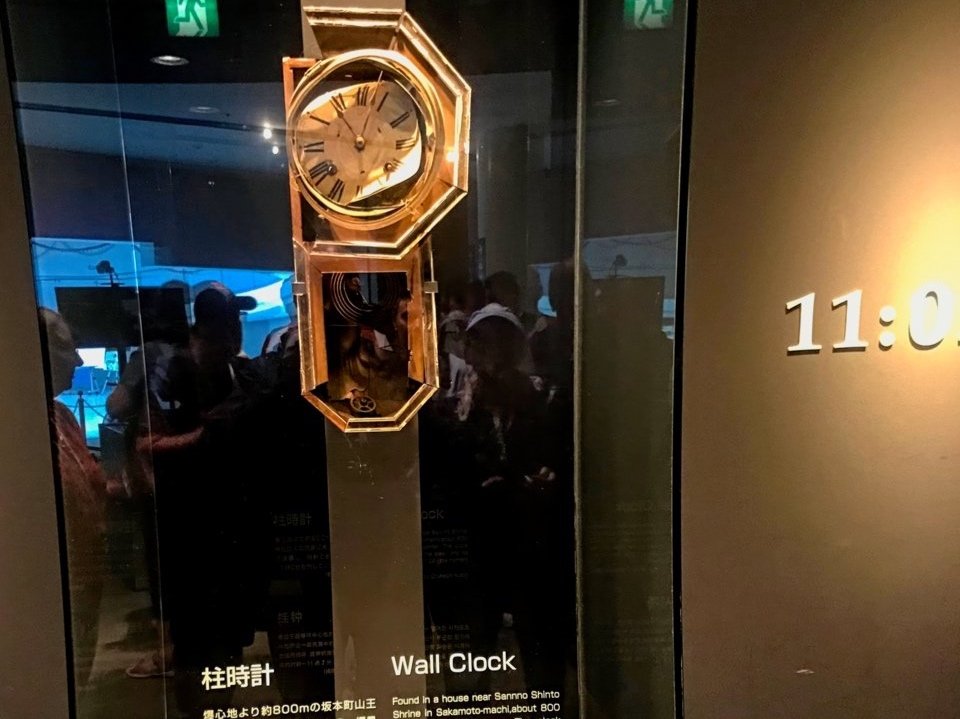
Smashed clock showing the time of the explosion

Nagasaki scenes - pre bombing

Video of the bombing from US plane

Front of Cathedral
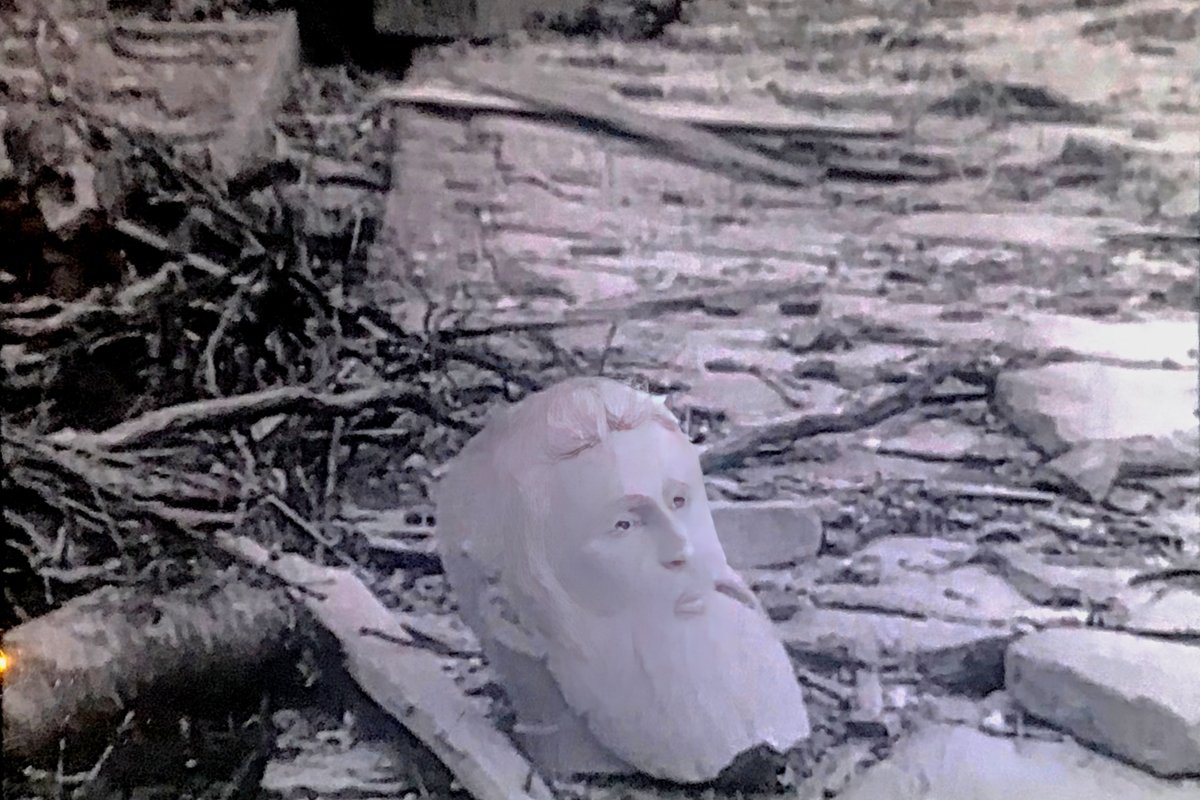
Ruins of cathedral
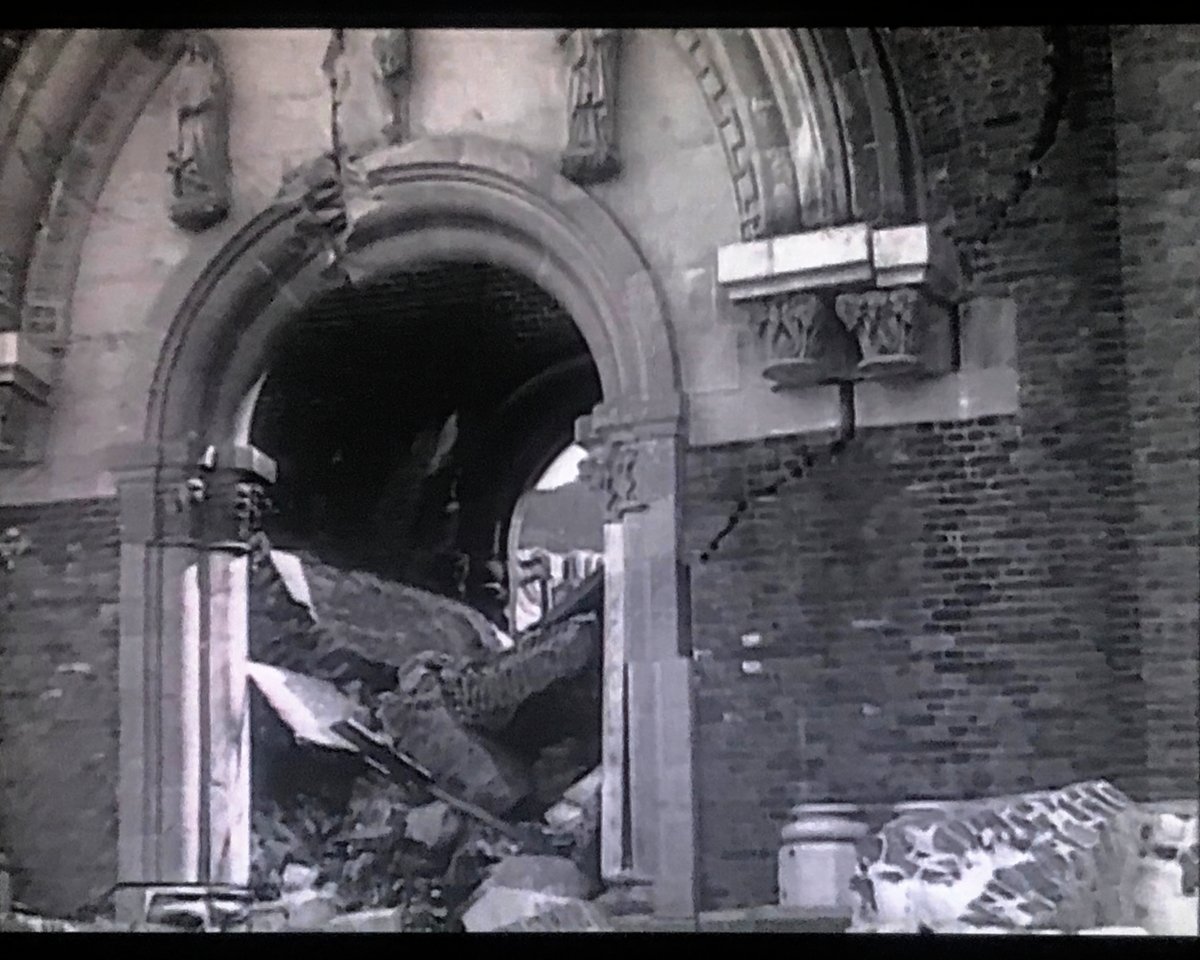
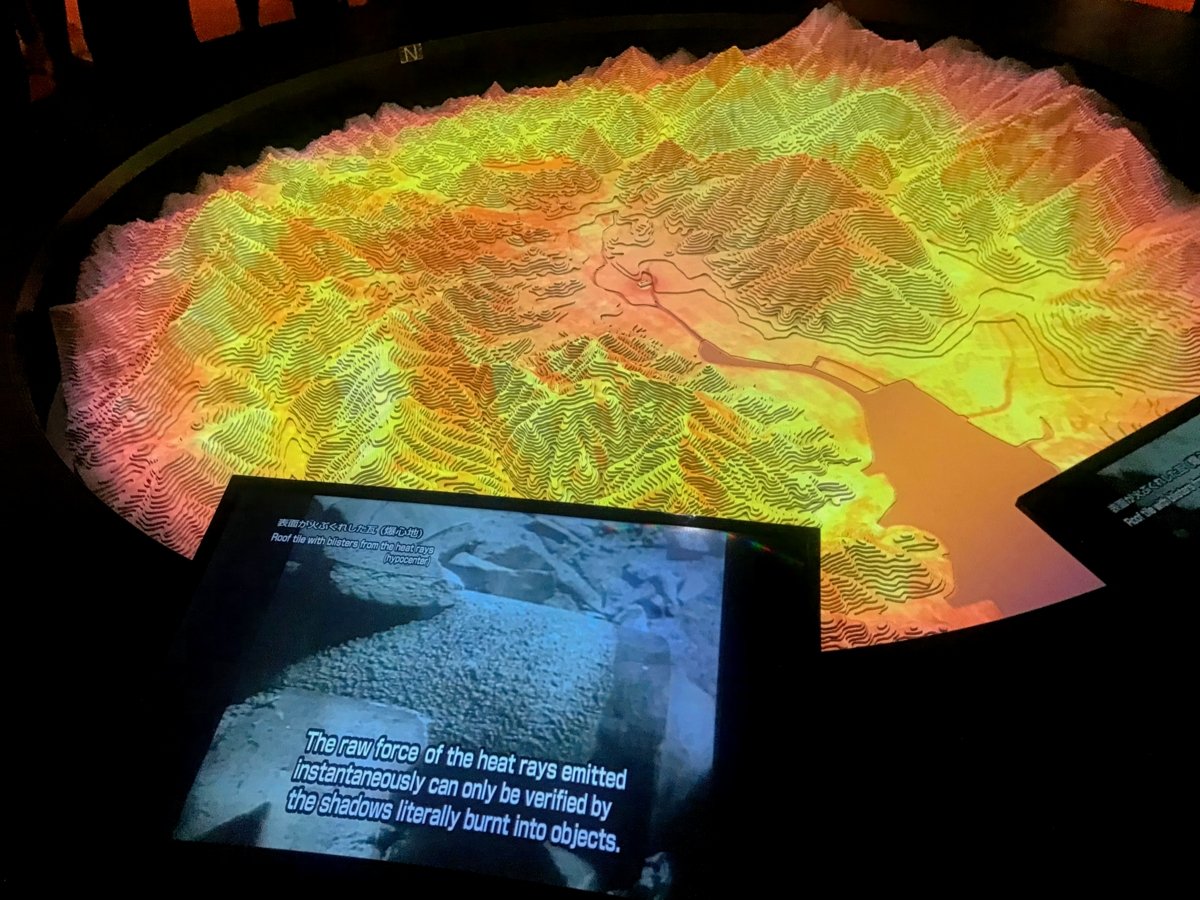
Video showing the effects of the bomb
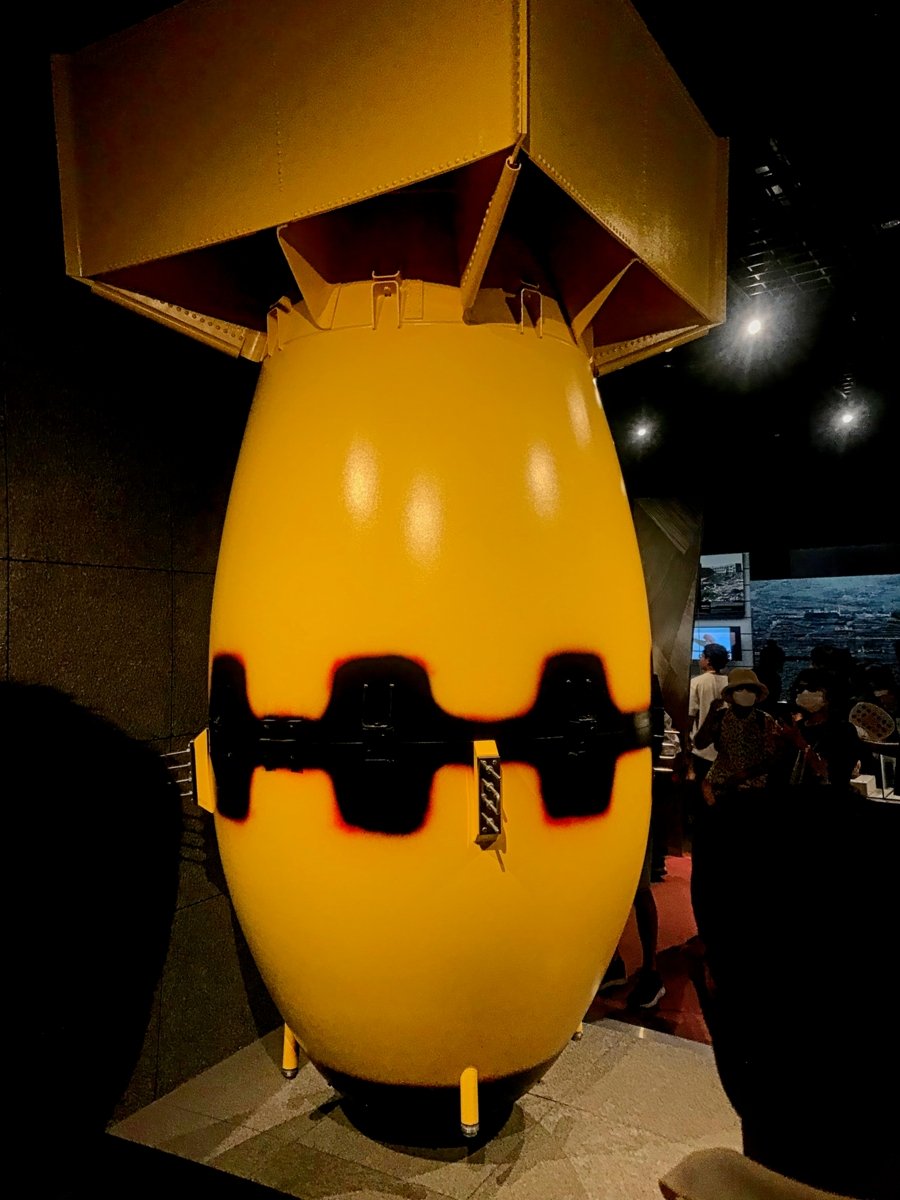
Replica Atomic Bomb
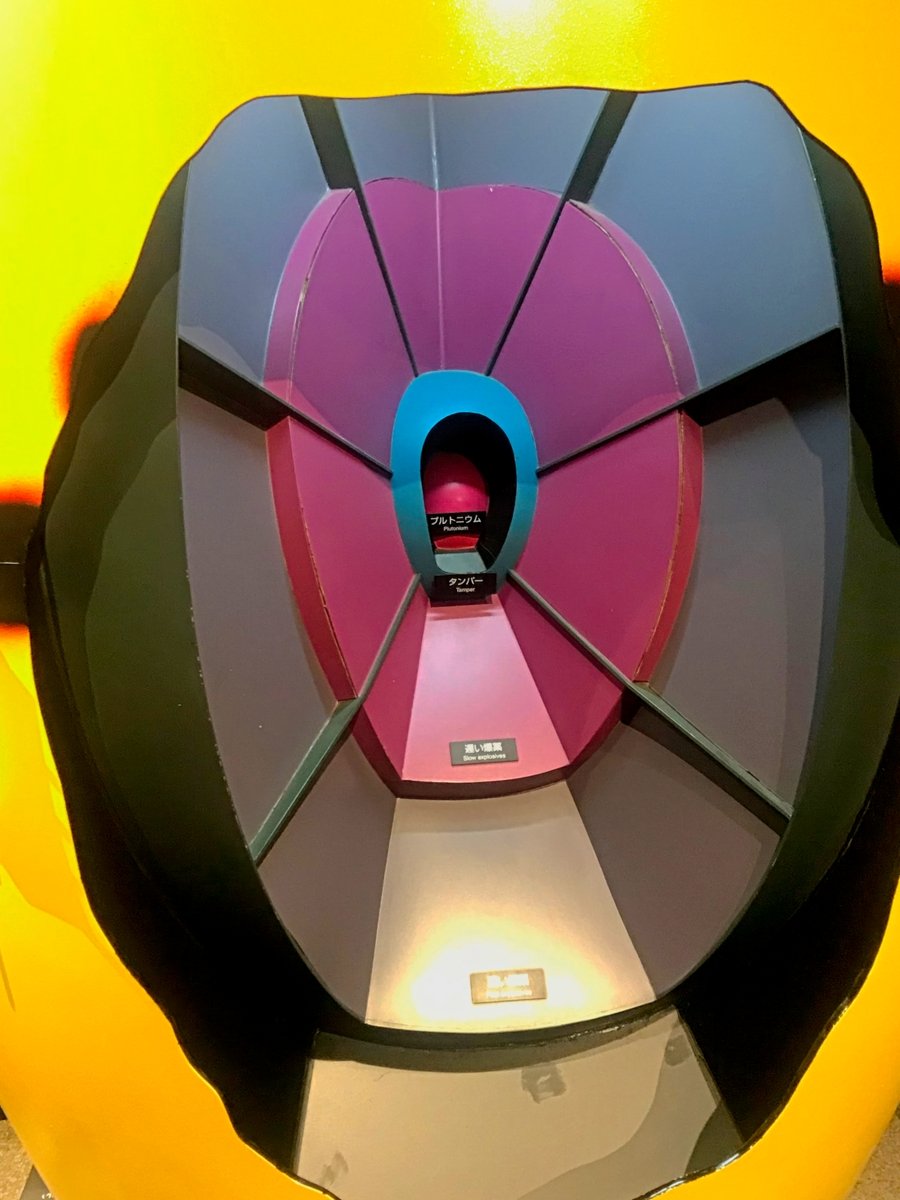
Cross section demonstrating to components

Shadows on a wall after the blast
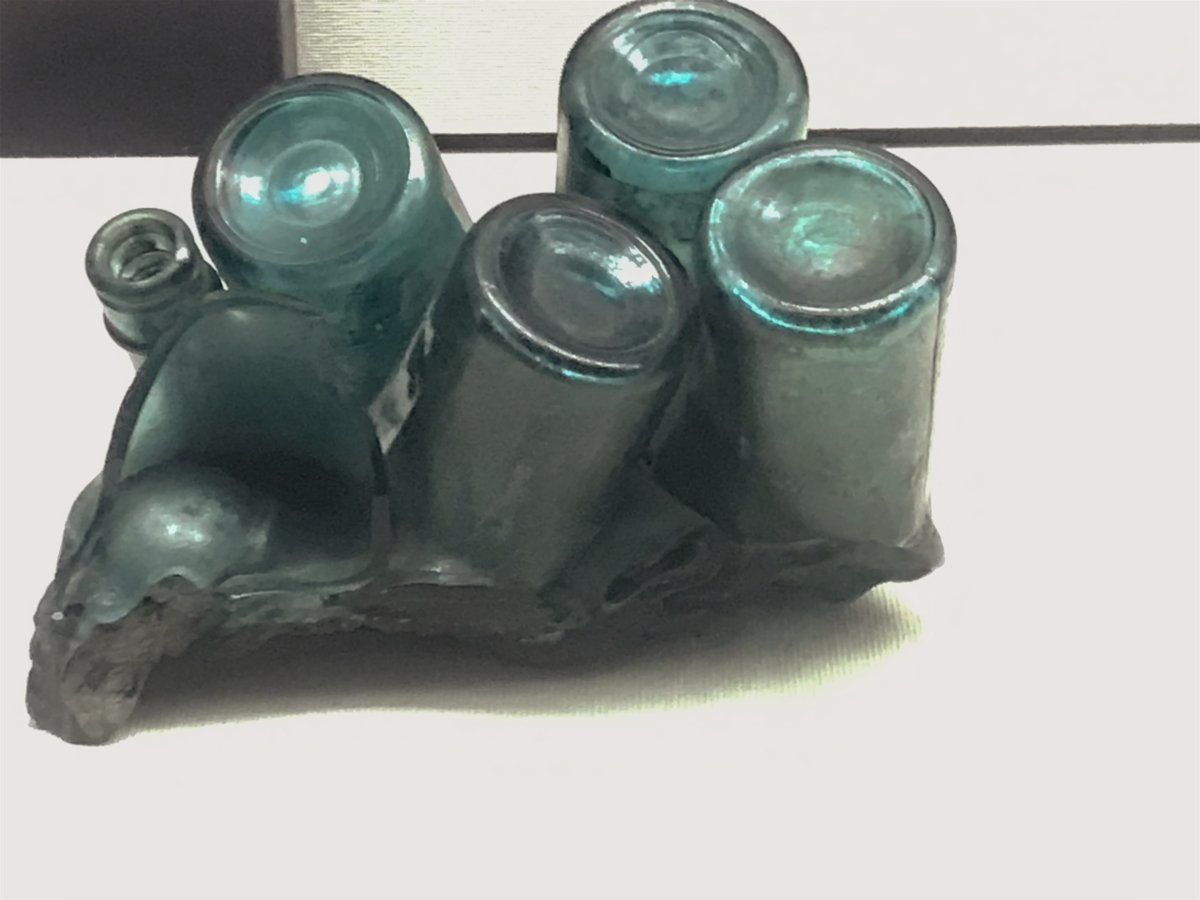
Fused melted glass bottles

Survivor display
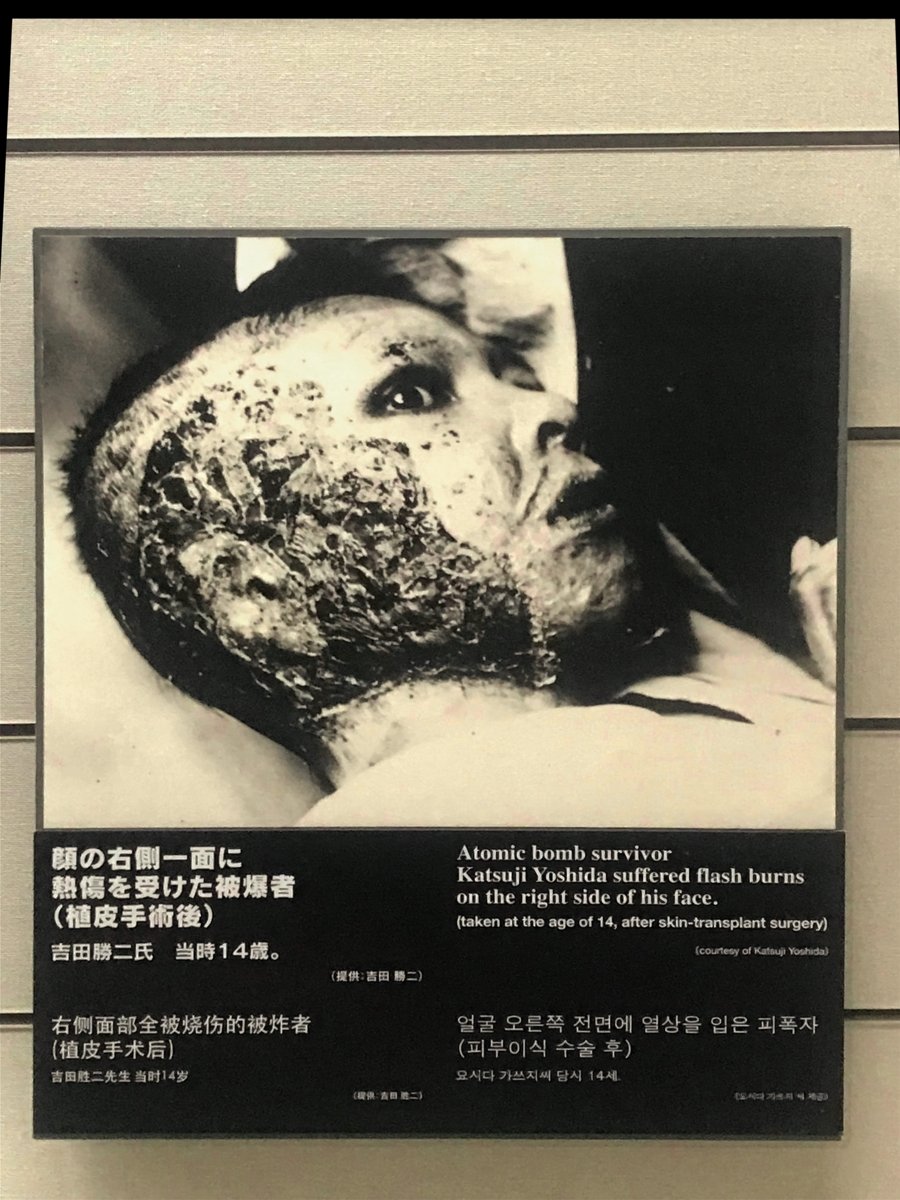
Horrific injuries were inflicted on many survivors
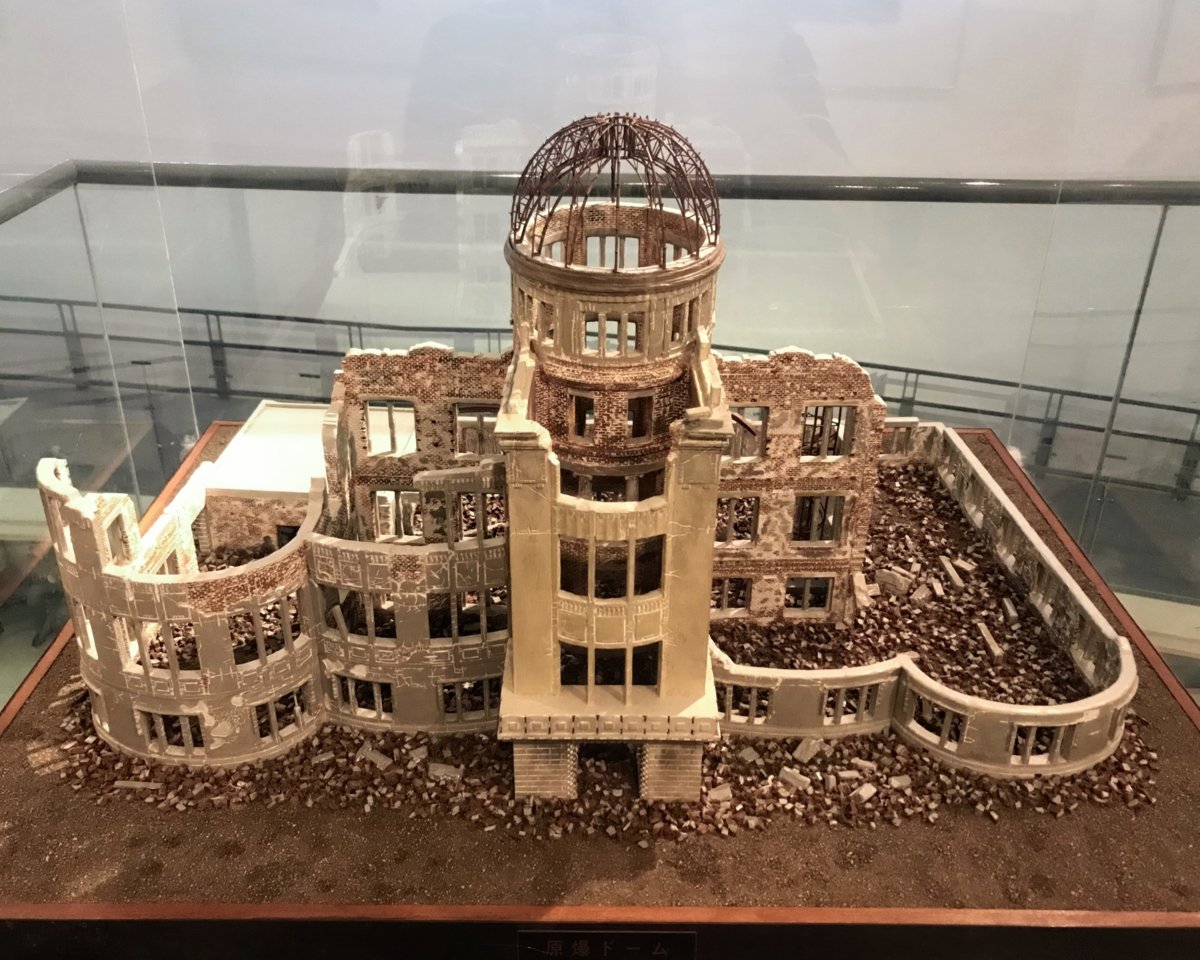
Model of Hiroshima Dome, originally the Hiroshima Prefectural Industrial Promotion Hall.
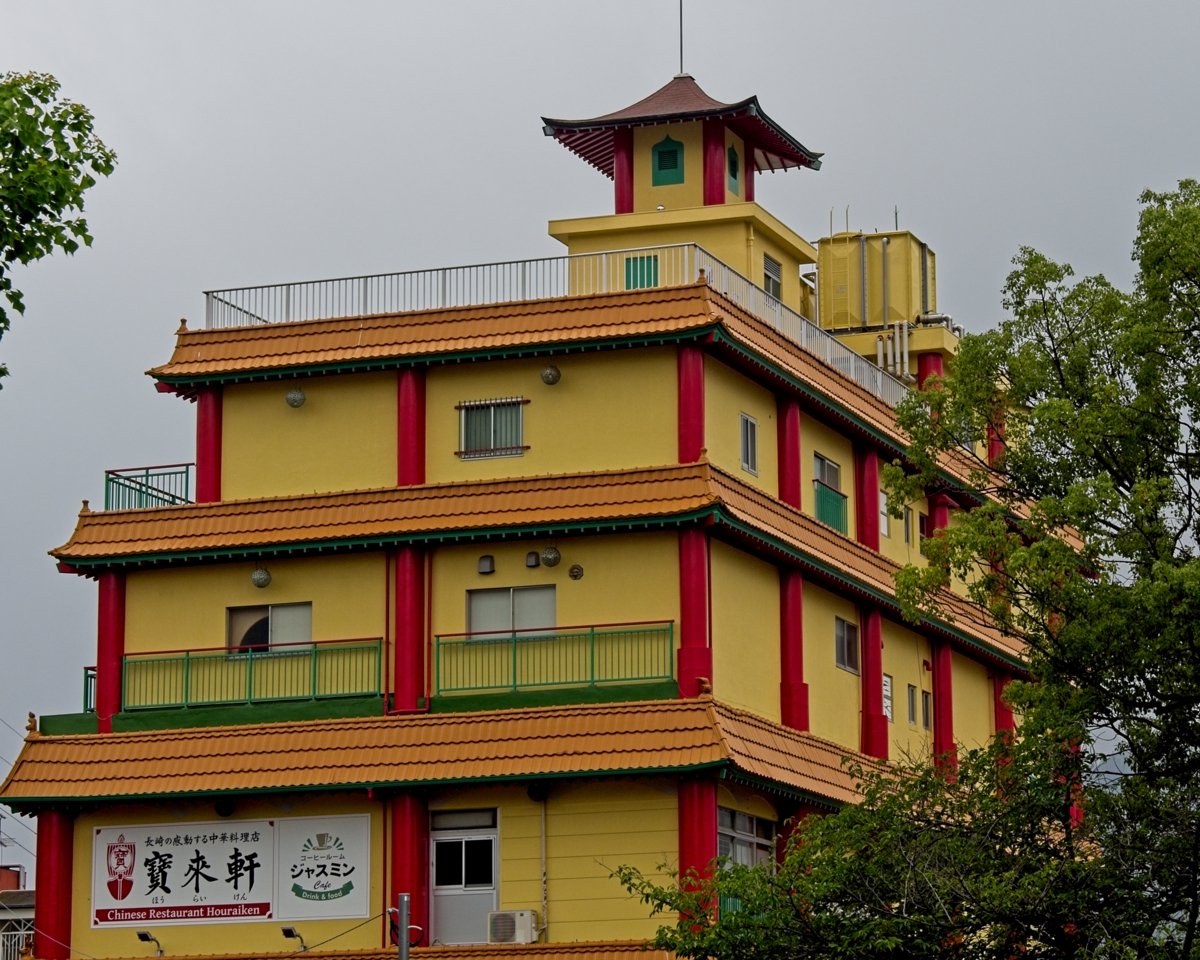
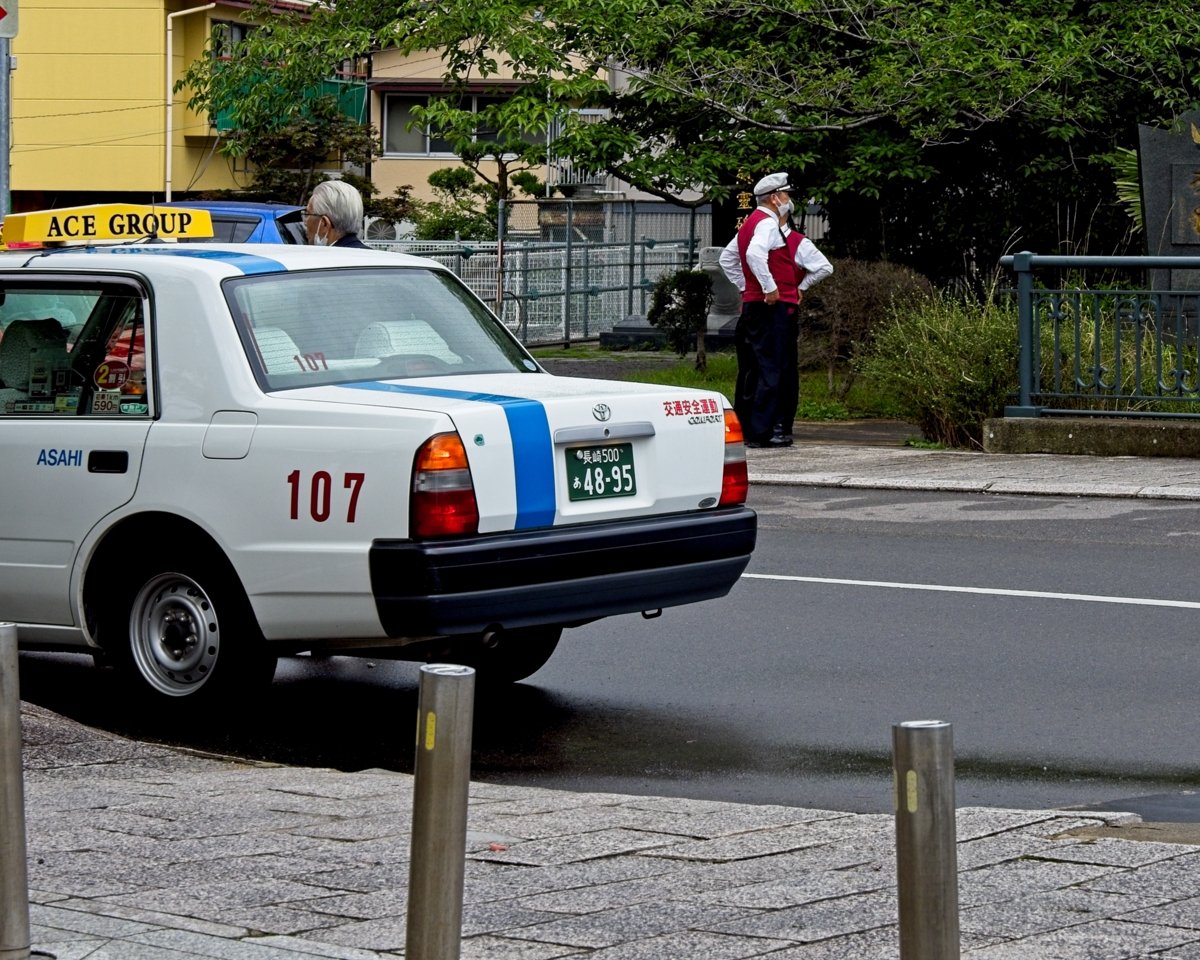
Nagasaki Peace Park.
The Nagasaki Peace Park is a tranquil space that commemorates the atomic bombing on August 9, 1945, which destroyed a significant portion of the city and killed tens of thousands of inhabitants. The complex is comprised of two parks and a memorial museum.
In the center of the complex is the Hypocenter Park with a simple, black monolith that marks the explosion's epicenter. Not far from it stands a damaged pillar of the former Urakami Cathedral which was destroyed in the blast. Furthermore, there is an area that allows visitors to take a look at a layer of soil below the park's surface where broken roof tiles, bricks and pieces of glass remain from the explosion.
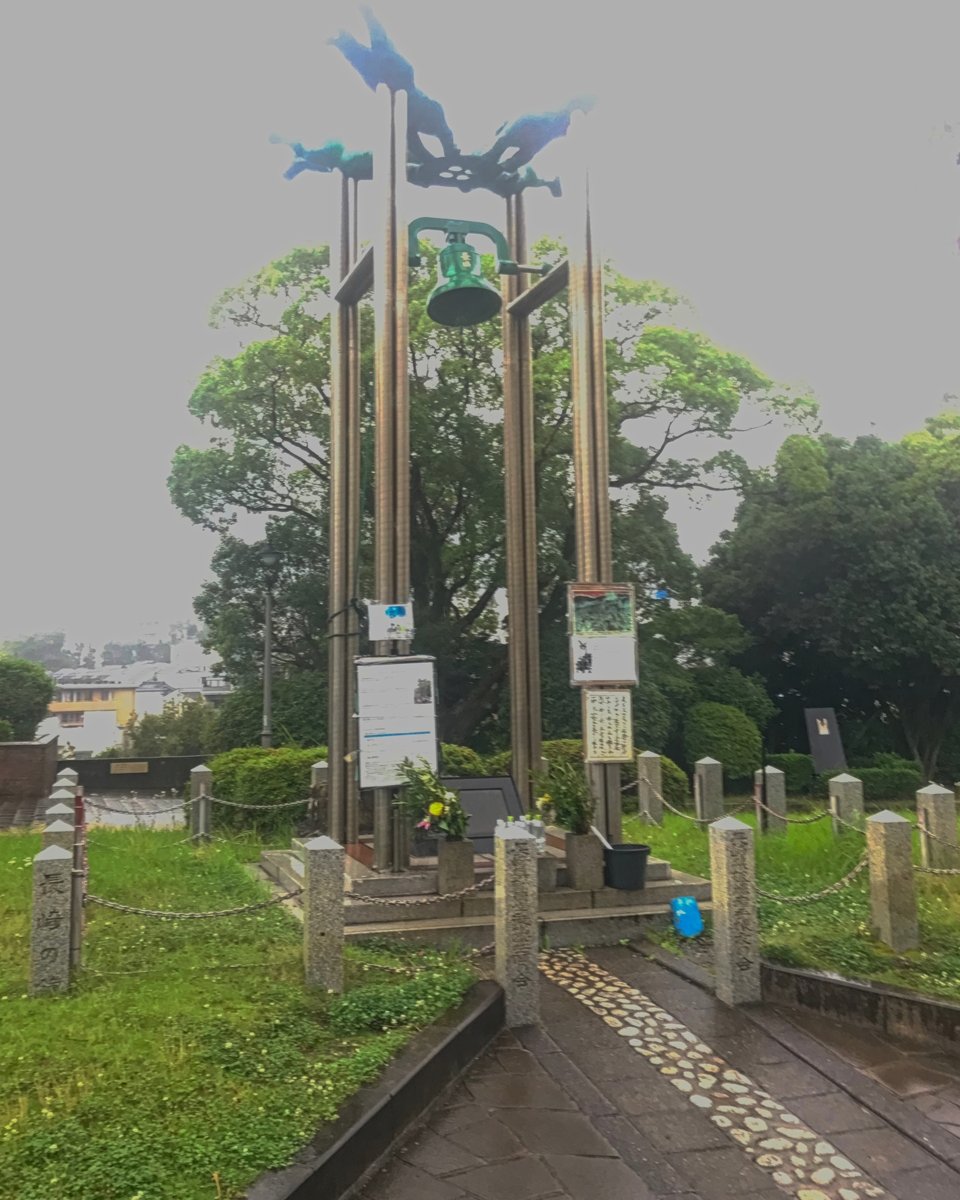


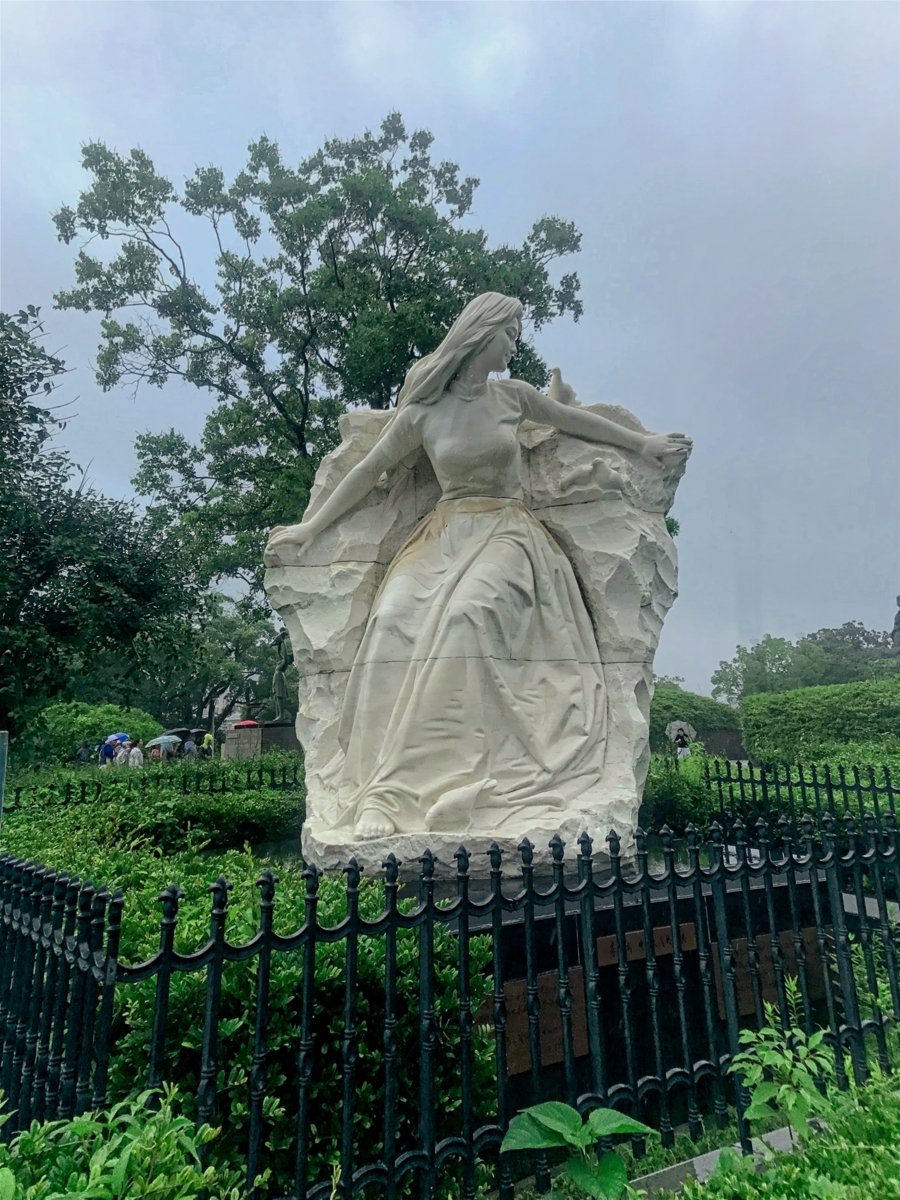
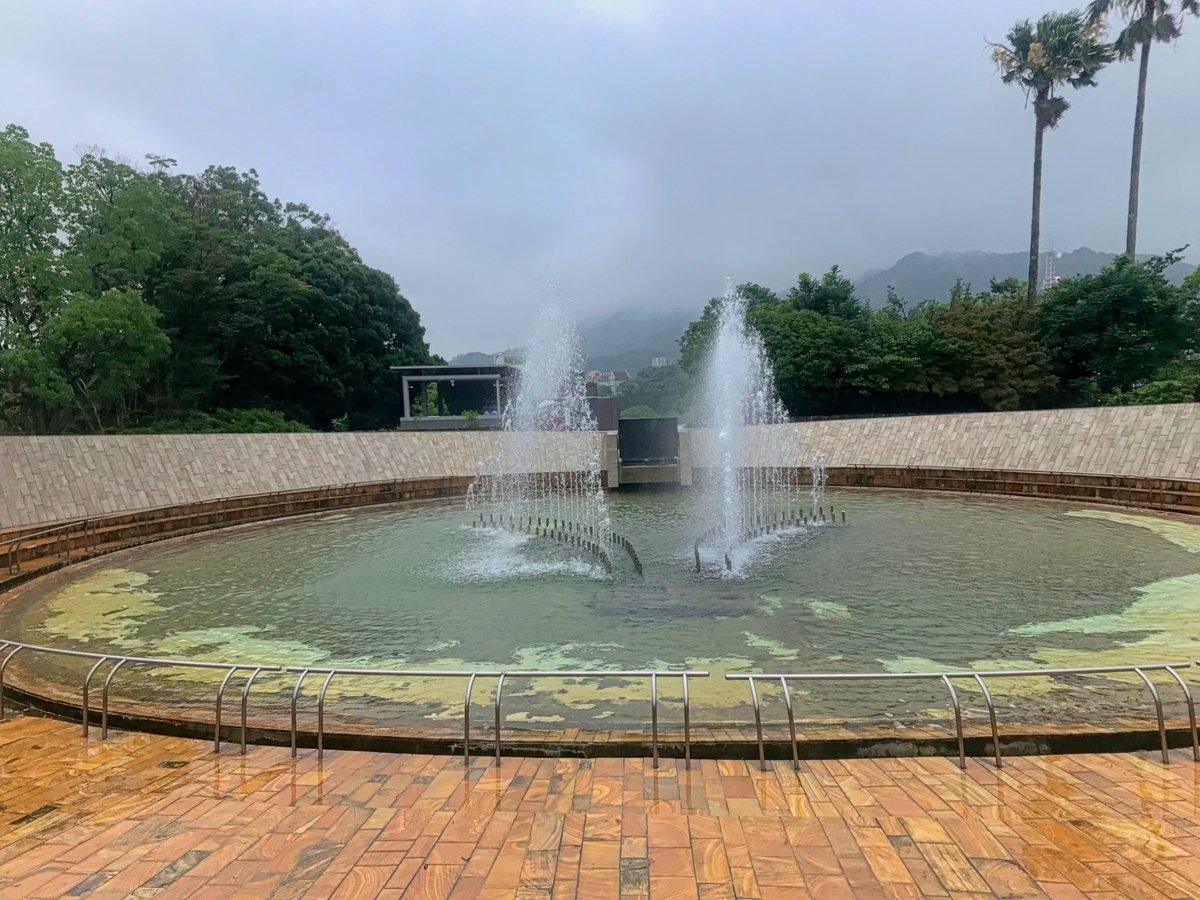
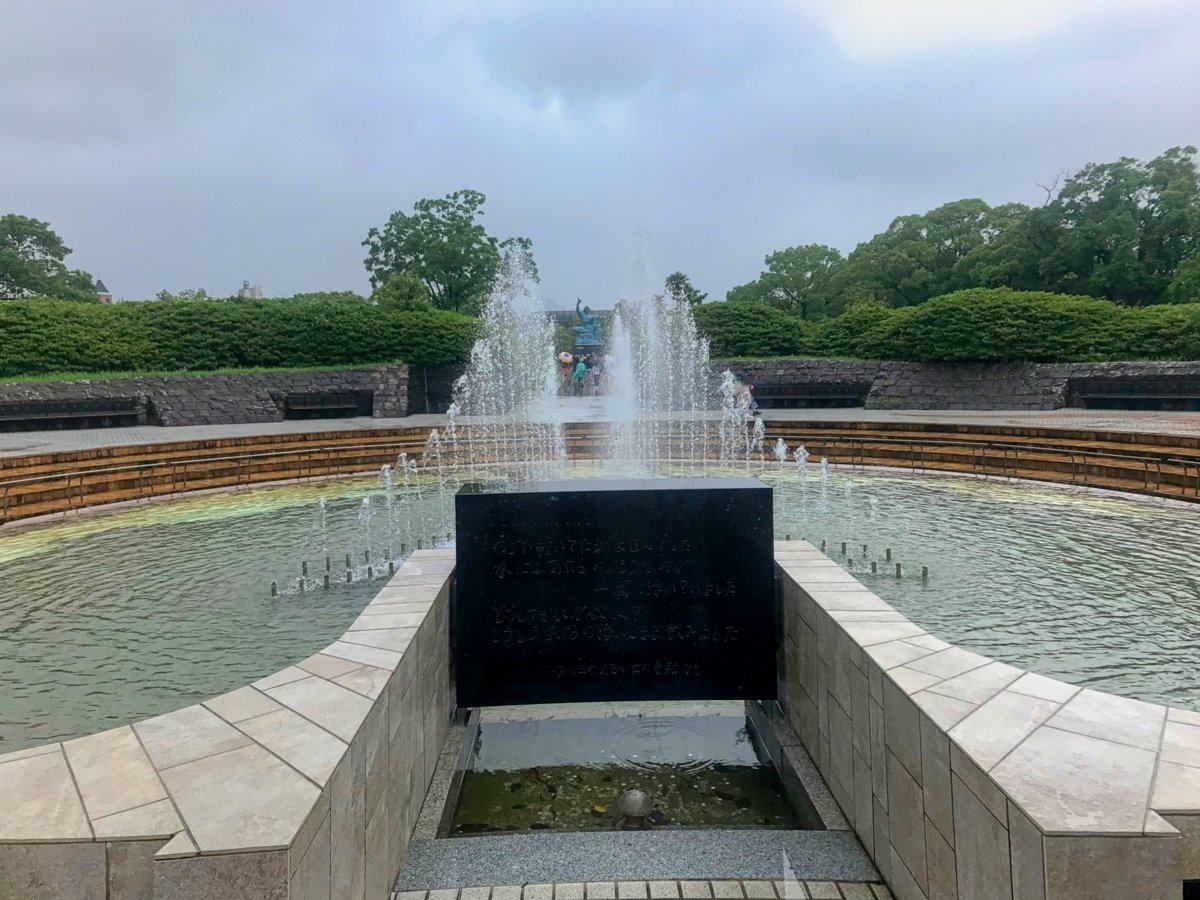
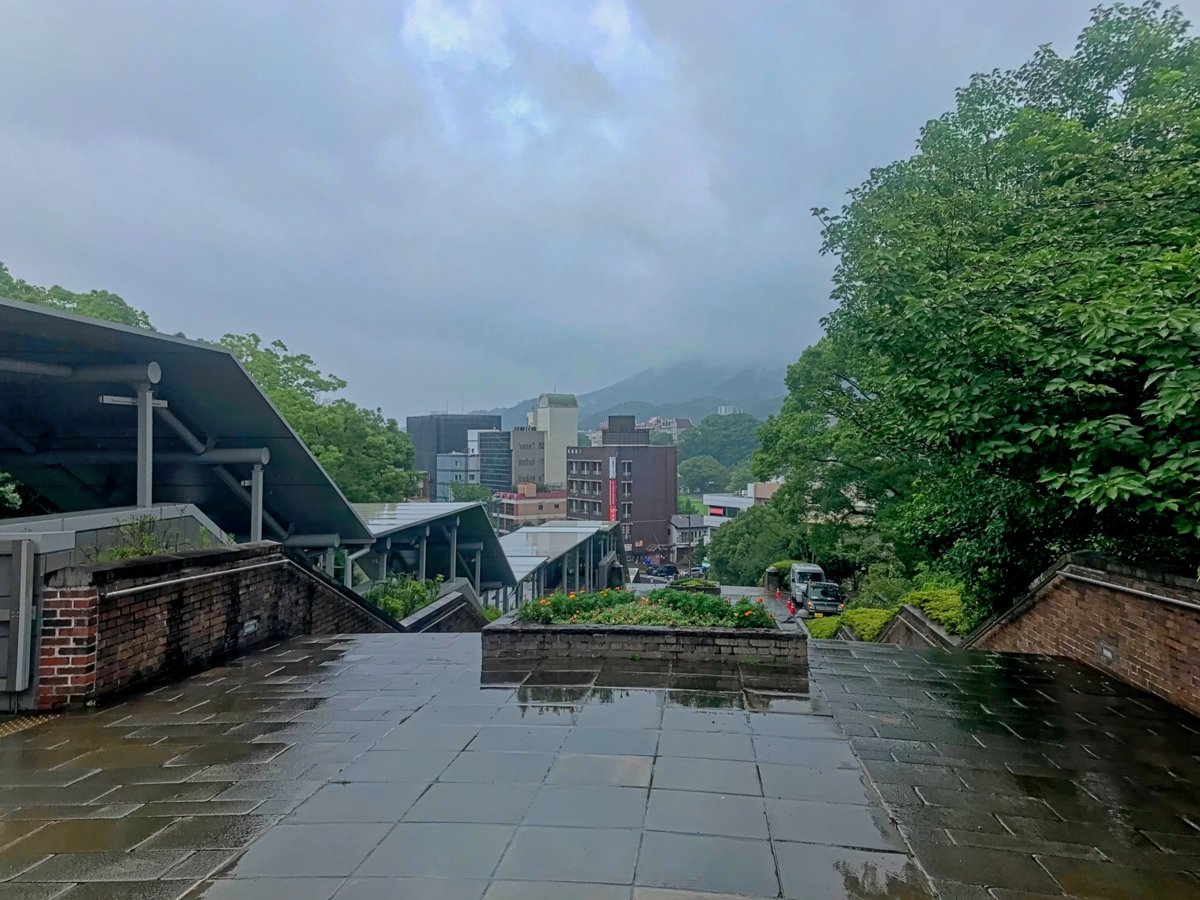

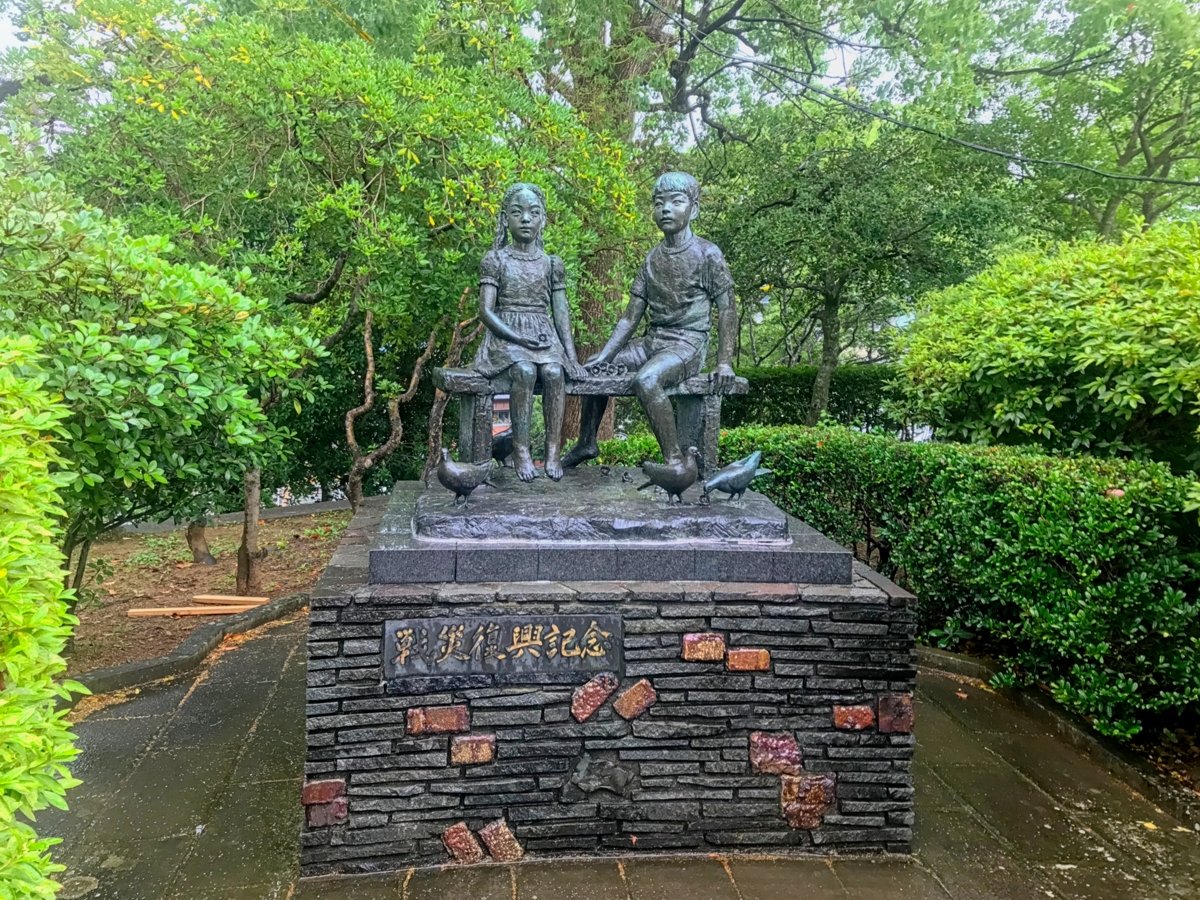
Nagasaki Farewell
We were sent off by a local orchestra playing at the terminal
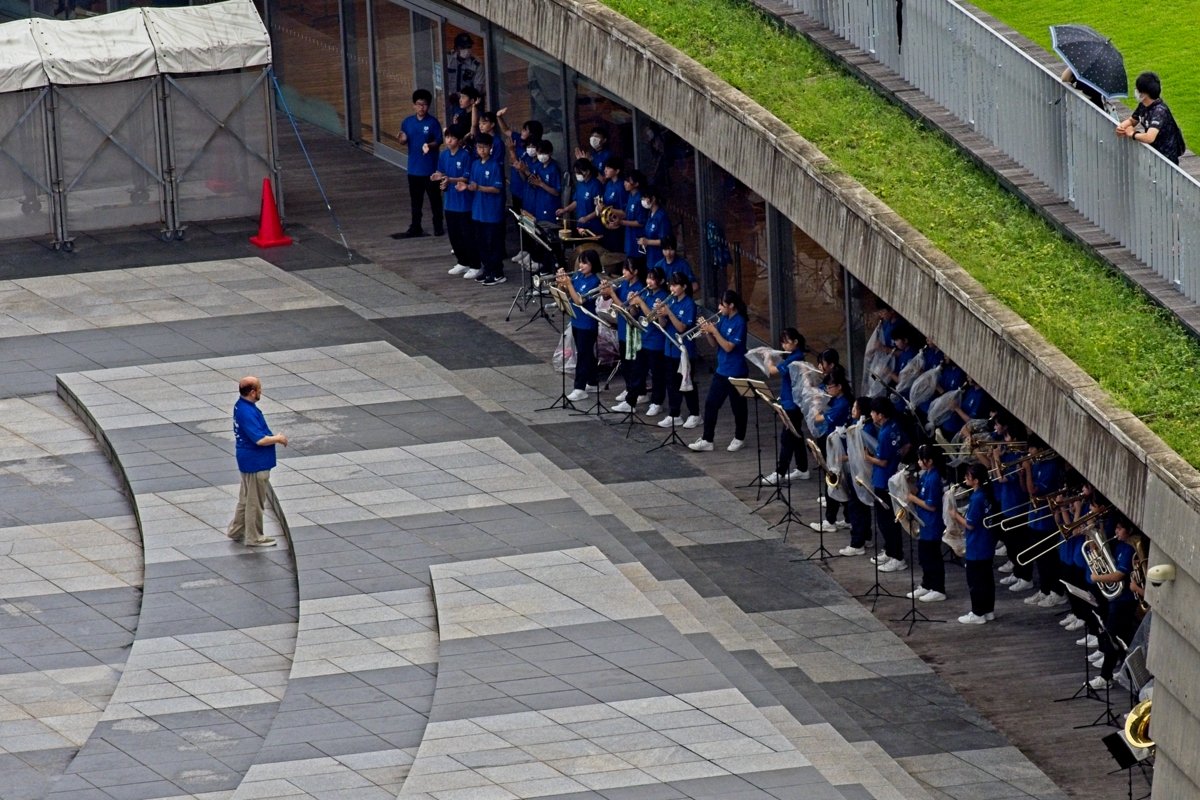
Farewell by local youth orchestra
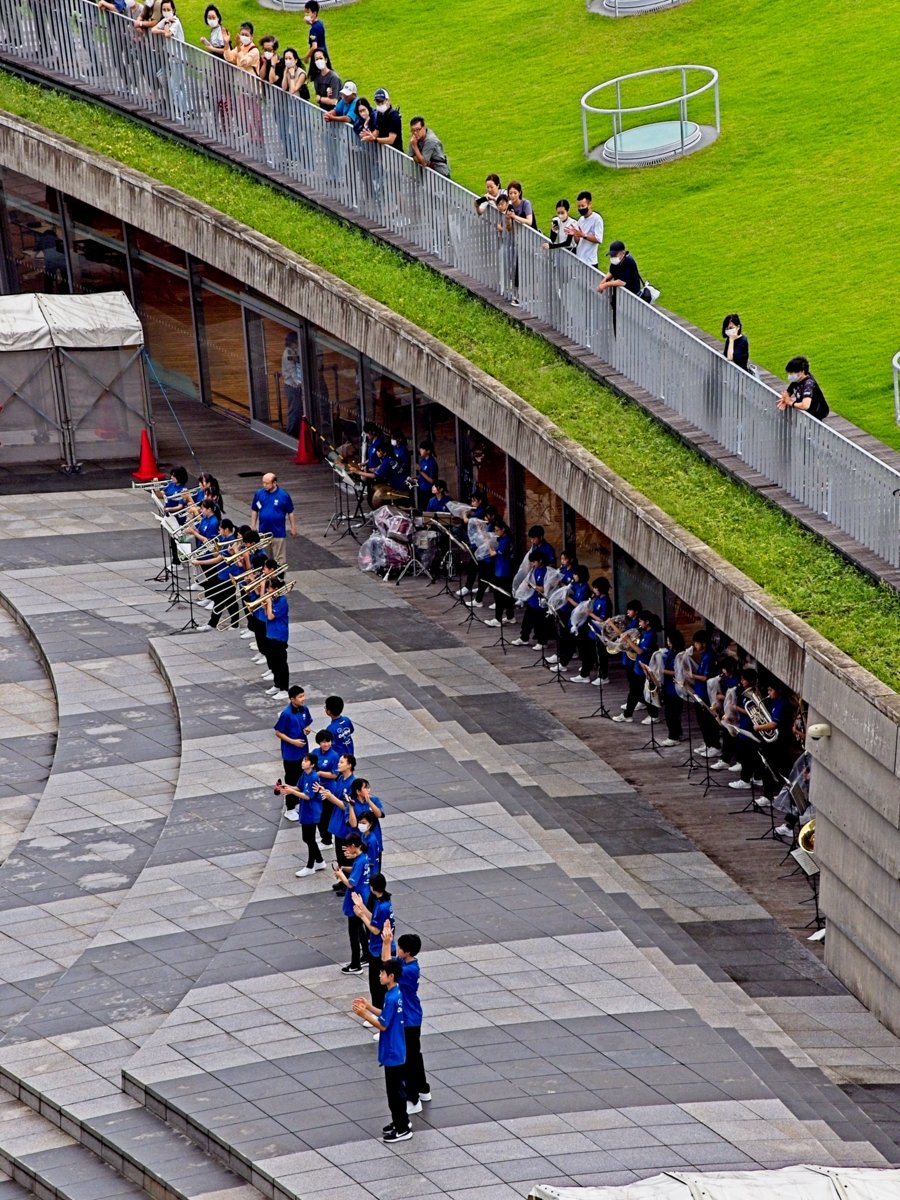
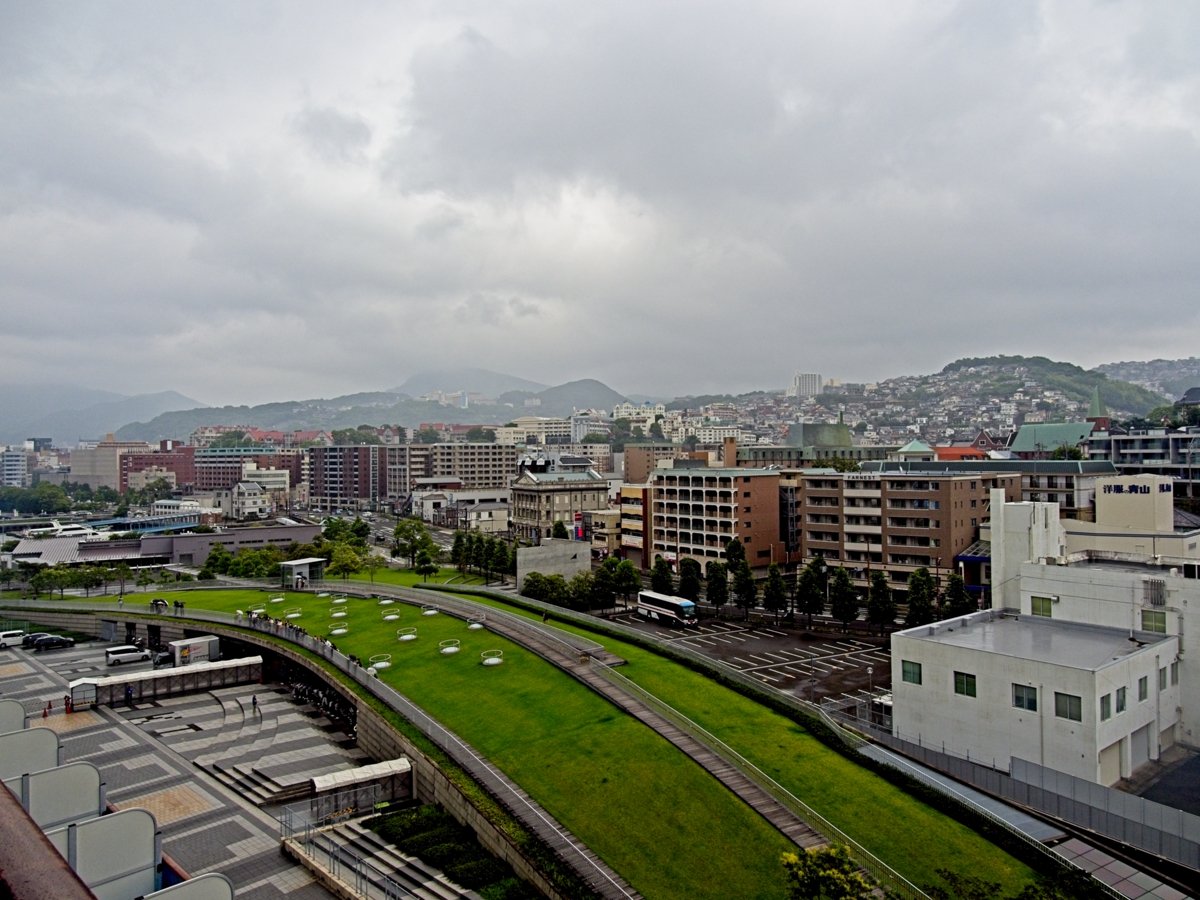
Nagasaki from the ship


